The Ocean: A Treasure Trove Of Stunning And Strange Objects
There are things on earth that remain mysterious, regardless of how advanced civilization has become in terms of technology. Billionaires may be looking as far as exploring the vastness of space, but it’s undeniable that if you want mystery, you should think about keeping your feet planted here on Earth. The depths of the ocean have remained unfathomable until now, and it is a treasure trove of marvelous, as well as strange objects. Although a few remarkable finds have been discovered over the years, we have barely scratched the surface. In this article, we are going to show you some of the strangest and most fascinating things discovered in the depths and surfaces of Earth’s waters. We are looking forward to plenty more to come.
The giant catfish
When catfish is mentioned, people usually think about medium-sized fish. However, the Wels catfish is different. It’s gigantic! Most Wels catfish might not get as gigantic as the one you see in the photo below, but they can certainly get quite large.
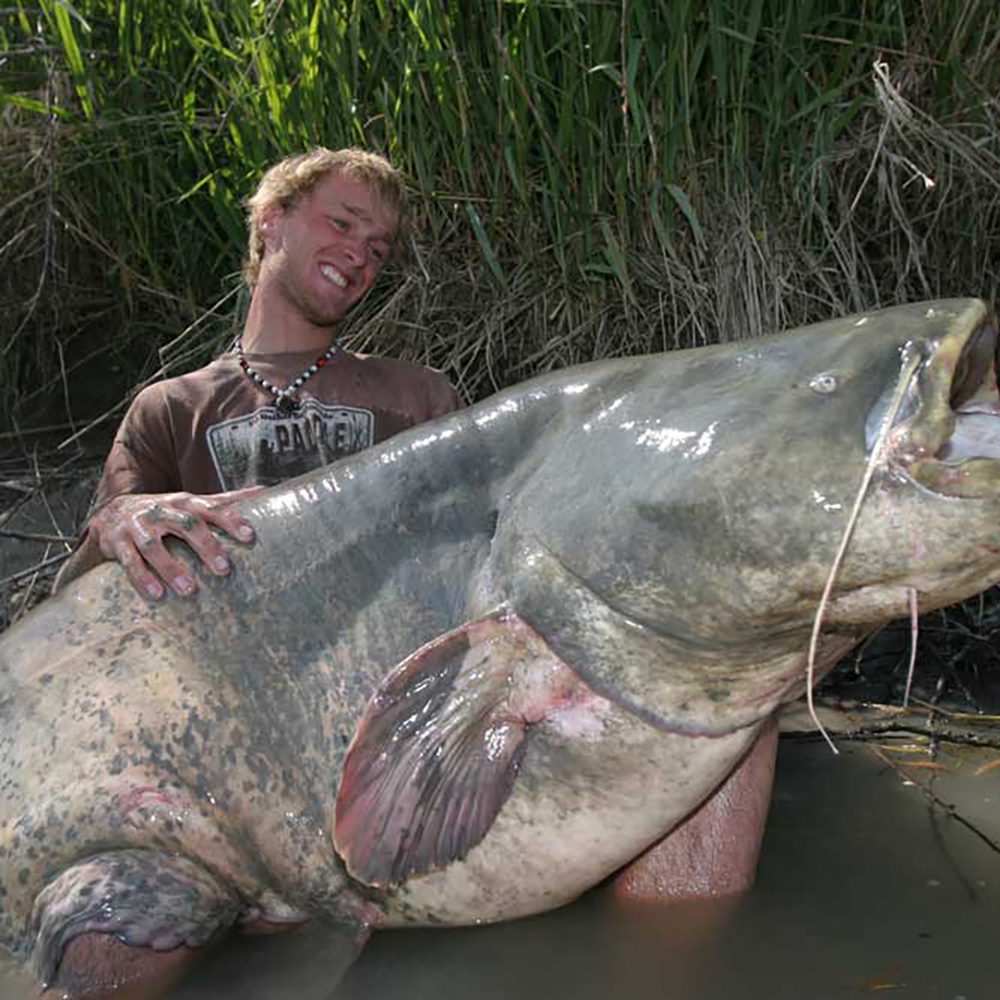
Considered the largest catfish in Europe, they can live up to 5 decades, grow as heavy as 660 pounds, and measure as long as 16 feet. This catfish will consume anything and everything they can get their mouths on and won’t hesitate to attack people when they are disturbed. So, watch out!
The giant squid
Since we’re on the topic of giant sea creatures, let’s move on to giant squids. These things can grow as big and sometimes even bigger than humans. If that doesn’t prevent you from going too deep in the ocean, we don’t know what will.
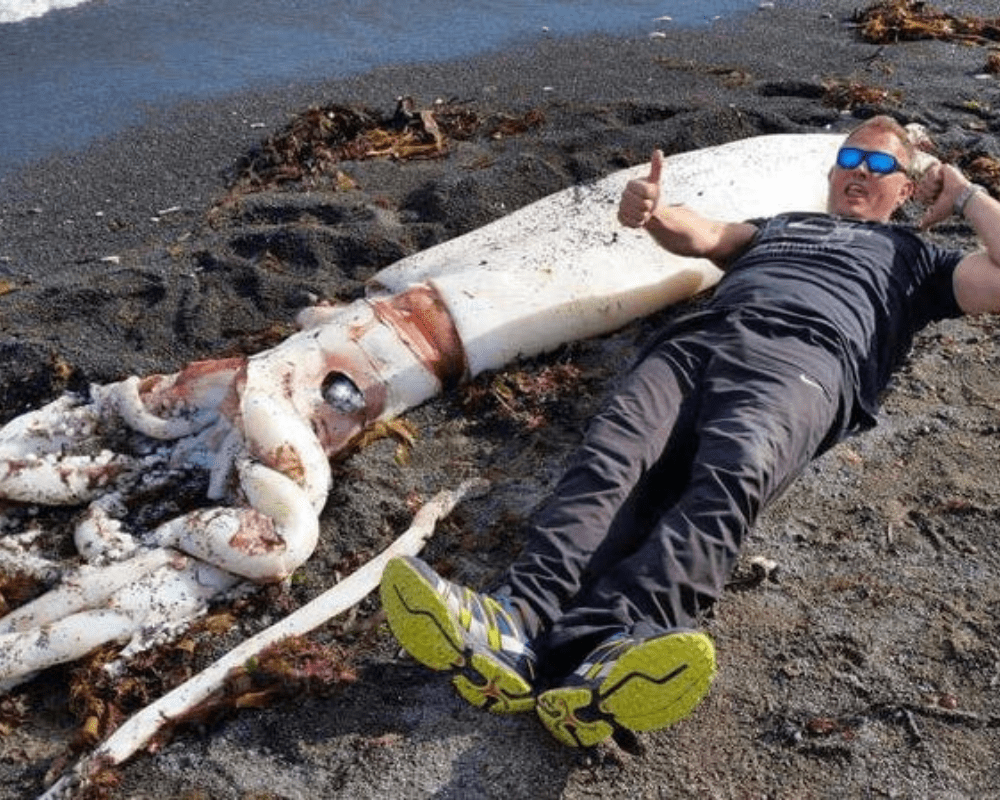
These giant squids live thousands of feet below the sea, so you shouldn’t worry about them if you’re planning to stay on the surface. Look at them next to a full-grown human! Could they be responsible for people lost at sea? What do you think?
Cleopatra in the deep
The ocean is a treasure trove of various sunken artifacts, and there’s always something that can be discovered buried in the deep, day in and day out. Some may be insignificant, but others turn out to be remarkable, such as this one.
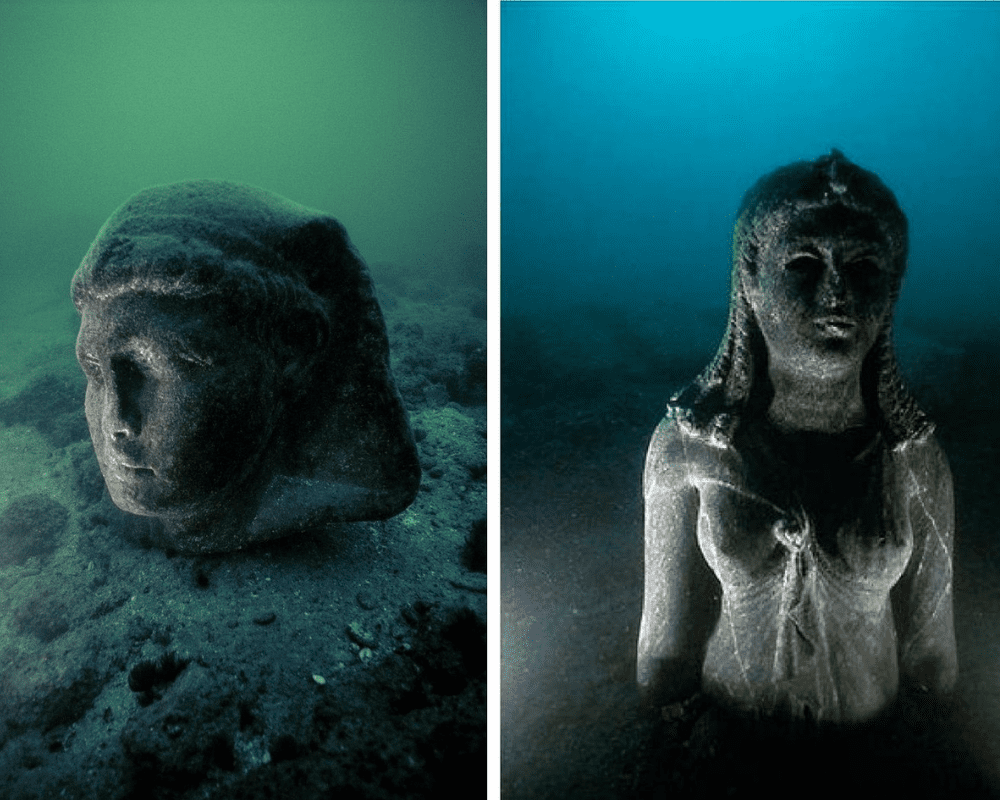
Among the wonderful objects that have been discovered in the depths of the ocean are the statues of Cleopatra and her son Caesarion, a Sphinx, the Goddess Isis, and the remains of palaces. Their discovery naturally made headlines all over the world.
A statue of Jesus Christ
Meet the statue that has been deemed as Christ of the Abyss. Located in the depths of the Italian
Riviera in Portofino, it stands at 2.5 meters tall and is made of bronze. Italian sculptor Guido Galletti created it.
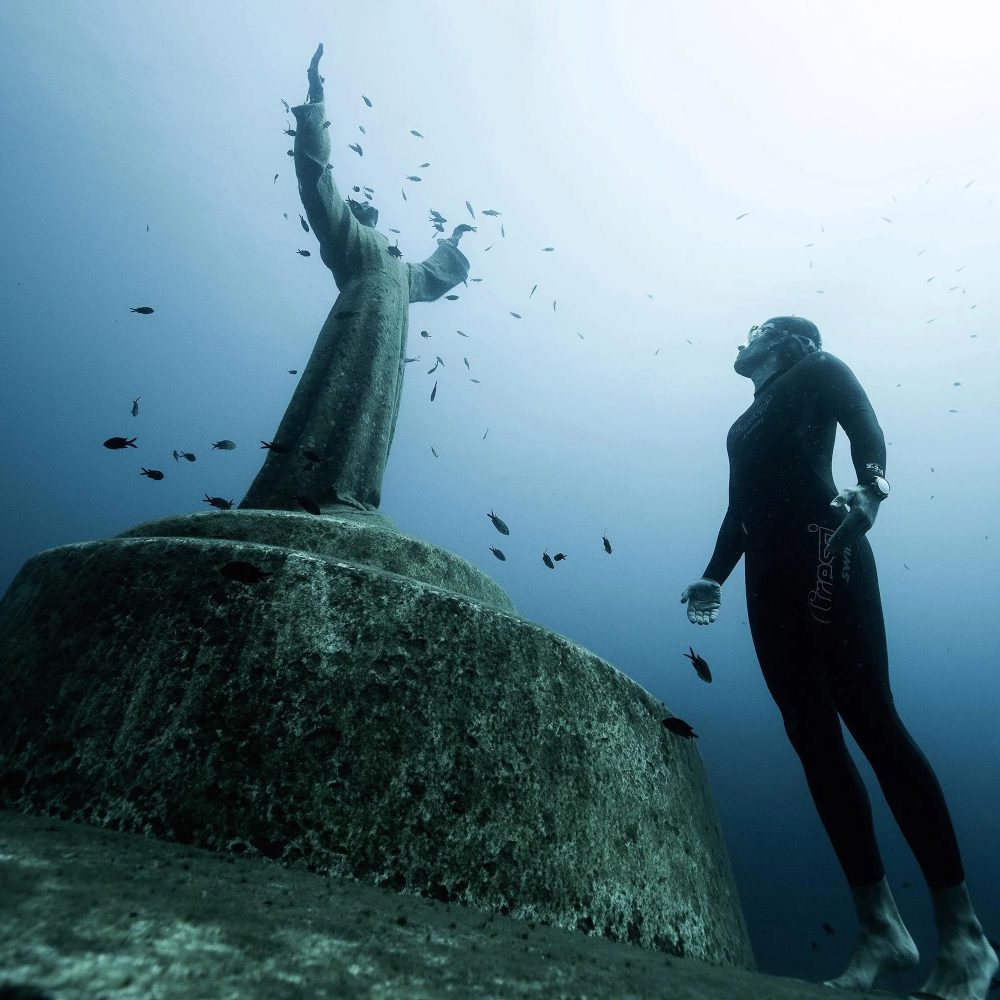
It’s 10 meters under the surface and is one of the most popular spots among scuba drivers and freedivers who wish to pay homage to it. No, it didn’t accidentally get to where it is now. It was deliberately placed there since the 1950s.
The Lost City of Heracleion rediscovered
The lost city of Heracleion is also known by its Egyptian name, Thonis. The ancient city was said to be located close to the Nile River, and its legendary beginnings go as far back as the early 12th century B.C.
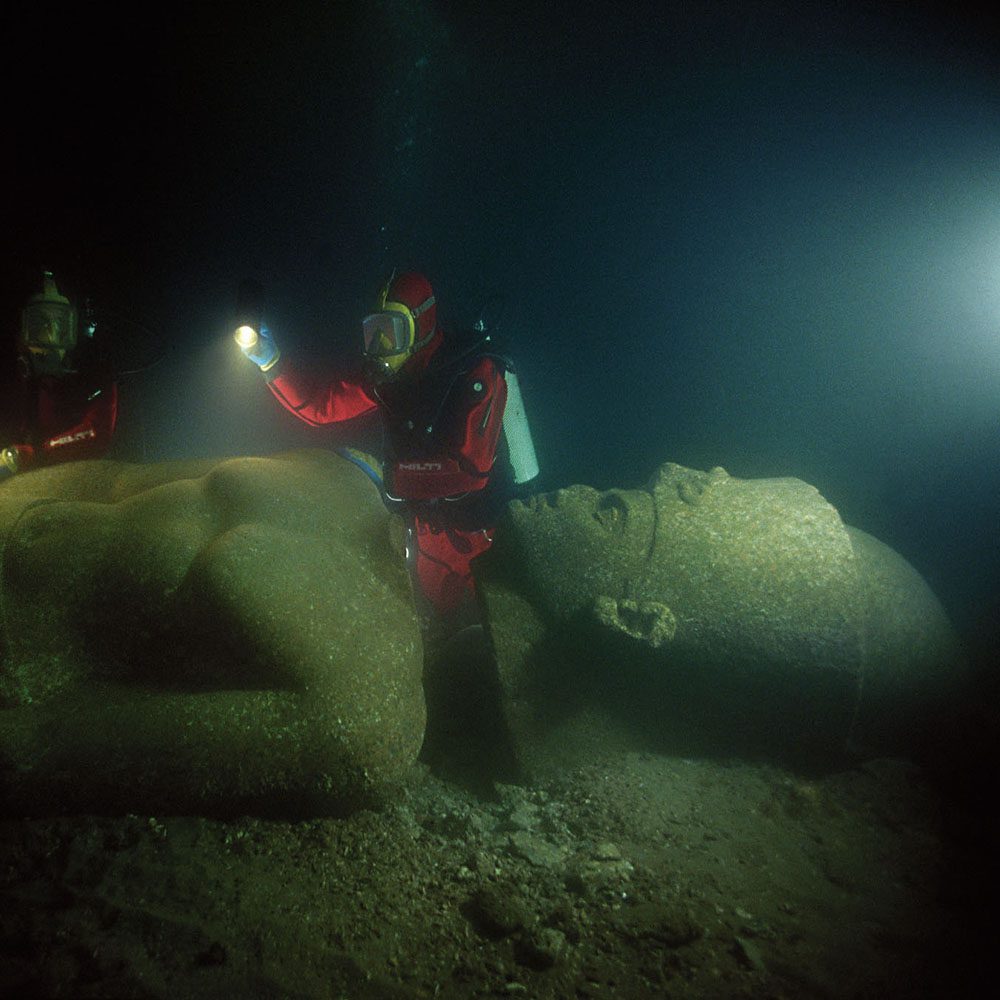
It sunk into the ocean, but its ruins were discovered in 2000. Before its discovery by archaeologist Frank Goddio, people thought it was only a legend as it was always mentioned in various texts. Still, there was no evidence of its existence. The discovered sunken city has a plethora of large stone statues, ancient texts, and gold.
Dismembered hands
No, we’re not talking about cheap horror house props and effects. In a famous fishing location between Russia and China, a fisherman had the bad luck of coming across innumerable dismembered hands, so he quickly informed the police.

The authorities found 54 dismembered hands. However, no one knows where the hands came from and why they were dismembered until this day. They were found in the snow covered in ice. To this day, it’s one of the most interesting and macabre things ever found in or around water.
Is there a convention going on down there?
At first glance, this photo looks like there was a convention of statues going on underwater. This is an underwater museum located in Cancun, Mexico. Yup, the same famous resort town for spring breakers. No, these are not ruins discovered recently. The statues were intentionally put there.
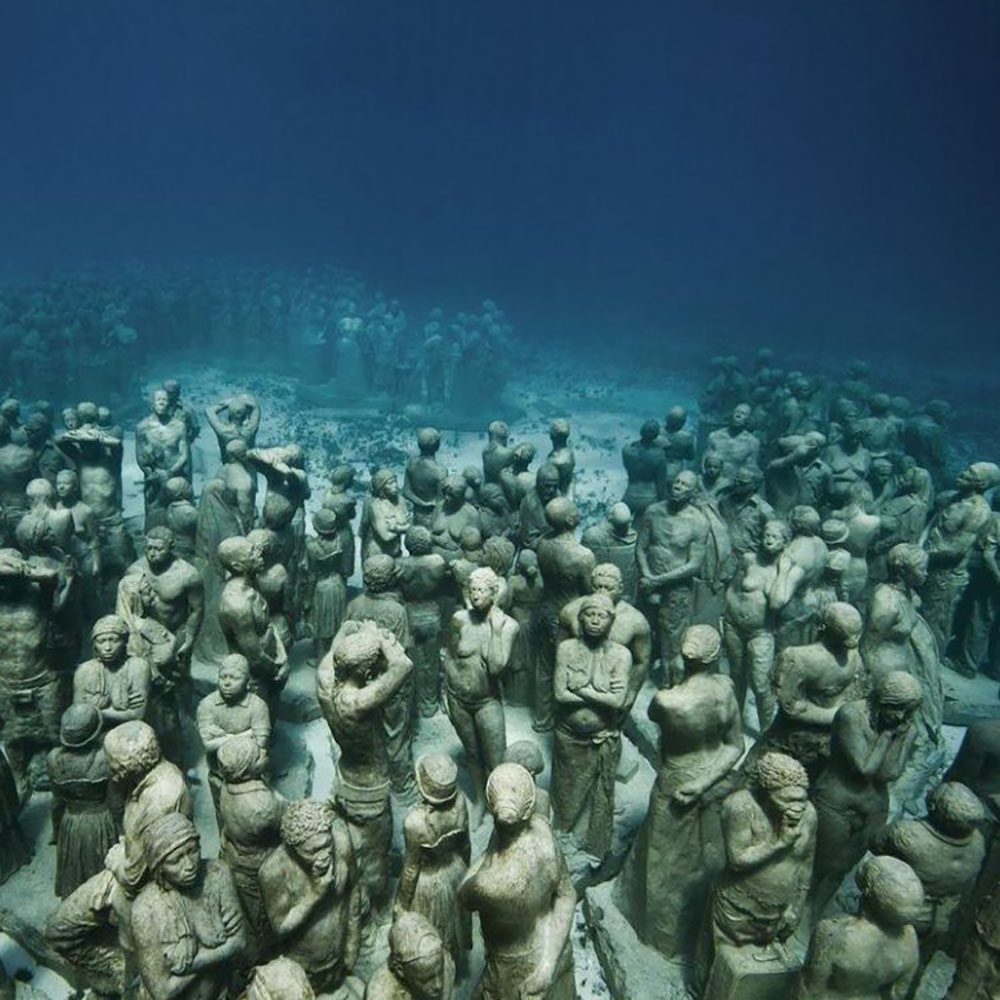
The project was started in 2009 and was finished in 2010 and comprises 3 separate galleries. There are more than 500 sculptures, some of them the size of humans, but the most interesting thing is that only 6 people made the entire underwater museum collection.
Rubber ducks everywhere
What in the duck is this? This is what children’s dreams are made of; a whole sea of rubber ducks, not just a whole bathtub. From 1998 to 1999, a ship was traveling between the United States and Hong Kong and unintentionally spilled 28,000 rubber ducks into the ocean while in the midst of a storm.
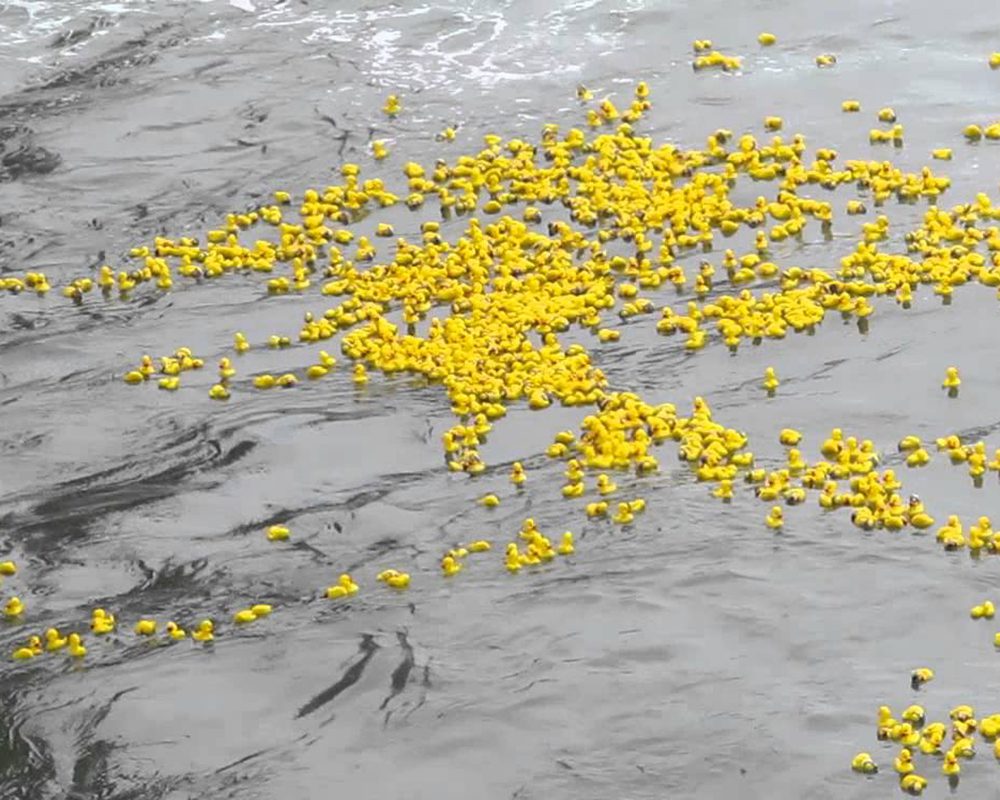
Since they have been finding their way in other bodies of water since the accident, they can still be seen floating around. Several people in different countries have spotted them, and they have become a phenomenon and a sight to see if you’re lucky.
Well-reserved love letters
When you write love letters, you let your emotions out, not only to the person addressed in the letter but to the whole world. This was the case for the man who wrote these letters that were found in a box in 2012.
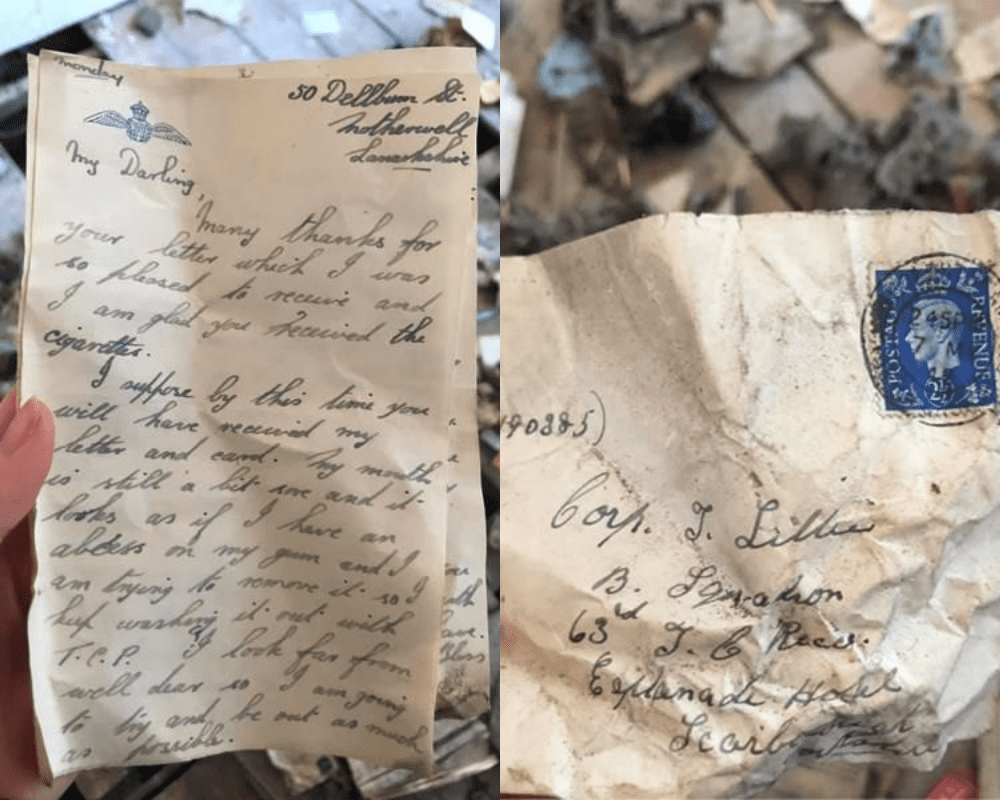
Supposedly written in the 1940s, the box had more than 50 letters tied with a pink ribbon. The box was washed up and found on the shores of Sandy Hook Bay. All the love letters were between Lynn Farnham and Dorothy Fallon. It’s quite remarkable for something made of paper to have survived so long in the water.
An aircraft crashed at sea
The last world war caused 75 million people to lose their lives. Lives were lost on land, in air, and at sea, and some unfortunate families have never seen the bodies of their loved ones. Aside from human life, the war also cost damages to massive structures.
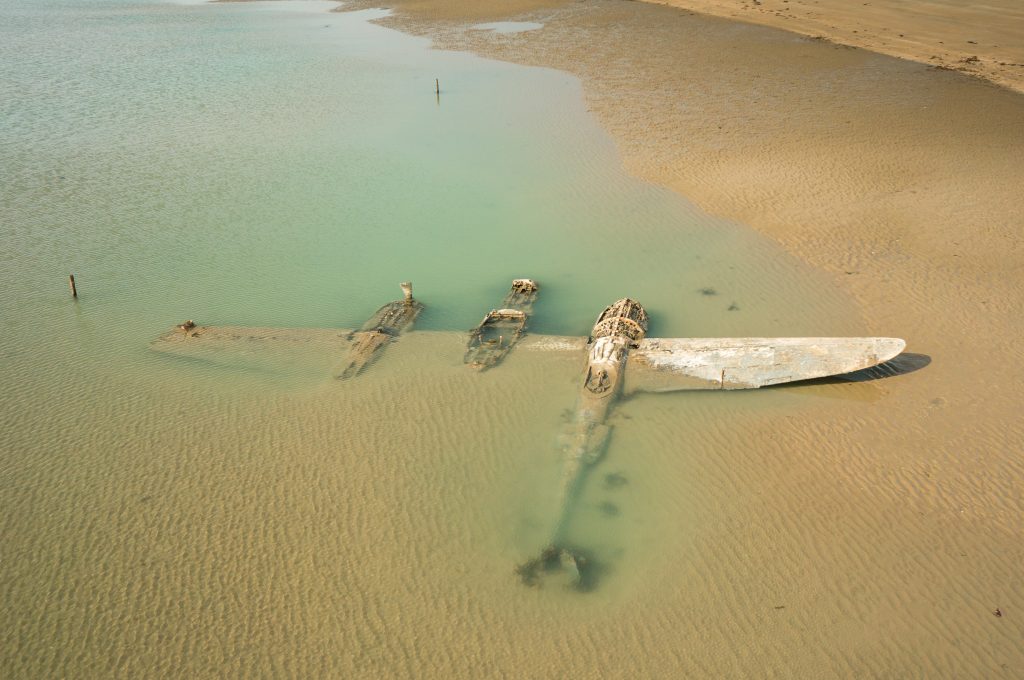
One of the casualties of World War 2 was this P-38 Lightning Aircraft. Named the Maid of Harlech, it crashed near Wales in 1942 and in 2007 and washed up on shore. Unfortunately, we can’t tell you the plane’s exact location, so you’ll have to settle for this amazing photo.
A plethora of worms
What would you do if you woke up one day and took a stroll on the beach only to find it covered with fish that has such a weird shape? We’re quite sure you’d take pictures because, without pictures, it didn’t happen.
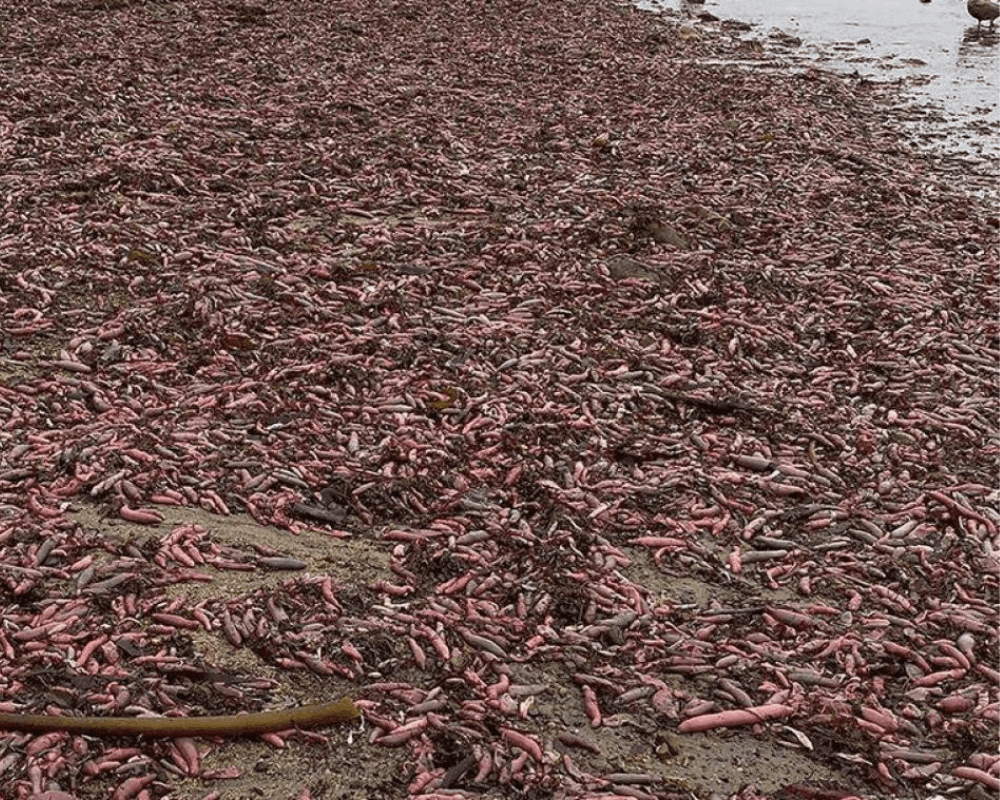
It was later found that all those creatures you see in the photo above are not fish but innkeeper worms that were blown away from their natural habitat because of a strong storm. Whatever they are, they got people looking and talking.
The Japanese underwater pyramids
In 2003, explorers found a strange stone structure off the coast of Yonaguni. Although there were doubts about its origin, it was estimated to have weighed 60,000 tons and stood almost 32 feet tall. Its purpose remains unknown to this day.
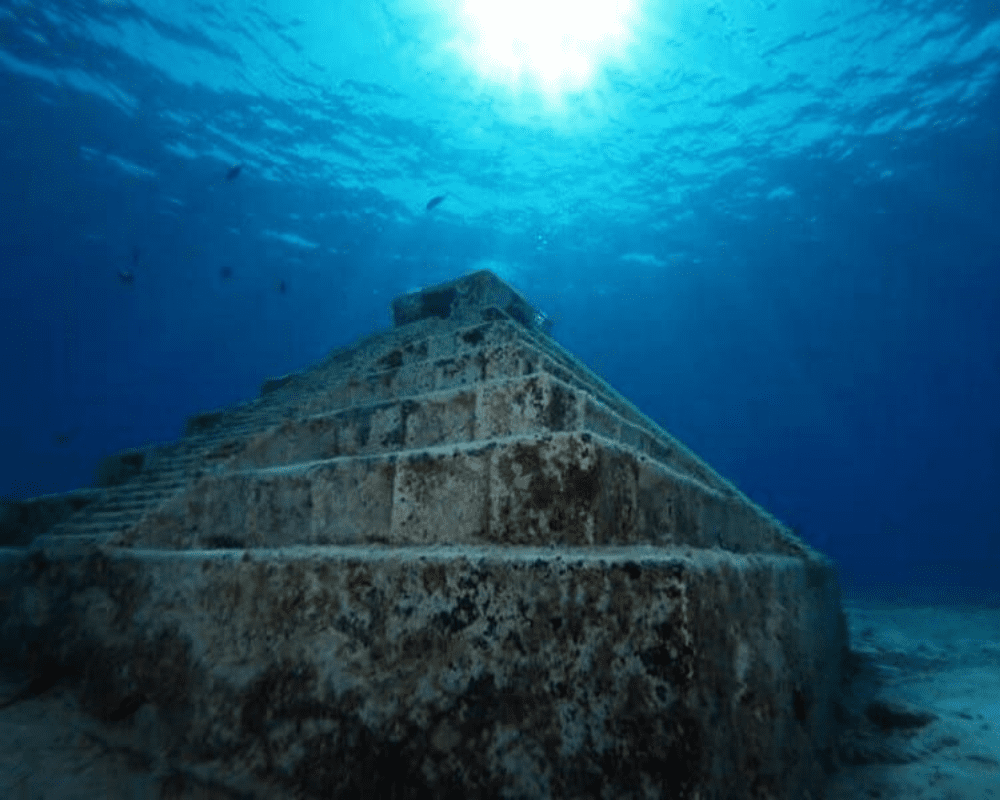
The step pyramid-like structure is the Japanese version of Atlantis. If we believed the University of Ryukyu in Japan, it was swallowed by the ocean almost 2,000 years ago. This isn’t the first time that an entire complex has been found at the bottom of the ocean, and this certainly won’t be the last.
The Stonehenge of the water
Stonehenge is one of the most iconic landmarks in the world. Just one glance, and you’d know its name and where it is. But did you know that there is another Stonehenge at the bottom of Lake Michigan? We didn’t either!
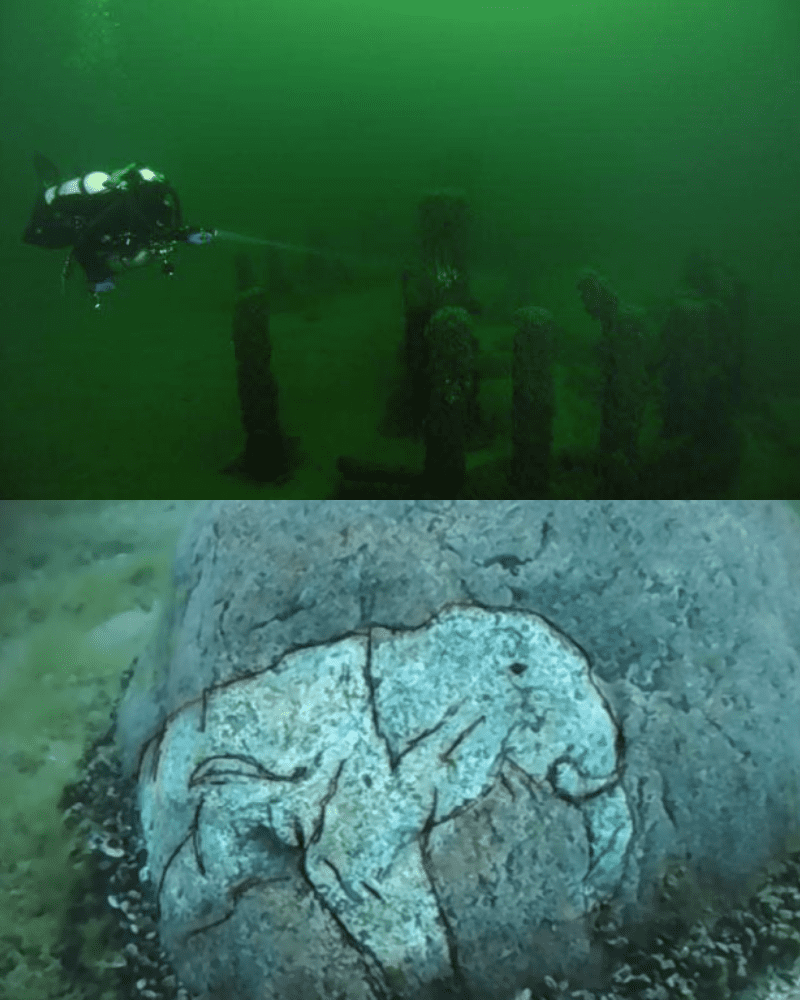
Like the original Stonehenge, the stones are arranged in a circle, and one of them has a carving of an animal that has been extinct for approximately 10,000 years, called the Mastodon. The carving was probably made even before the lake became a lake.
The Mariana Trench
Man has been to the moon and back, but man has not been to the deepest place on Earth, the Mariana Trench. This alone tells you just how much of a challenge the deep ocean has been. It’s one massive trench that is difficult to grasp.
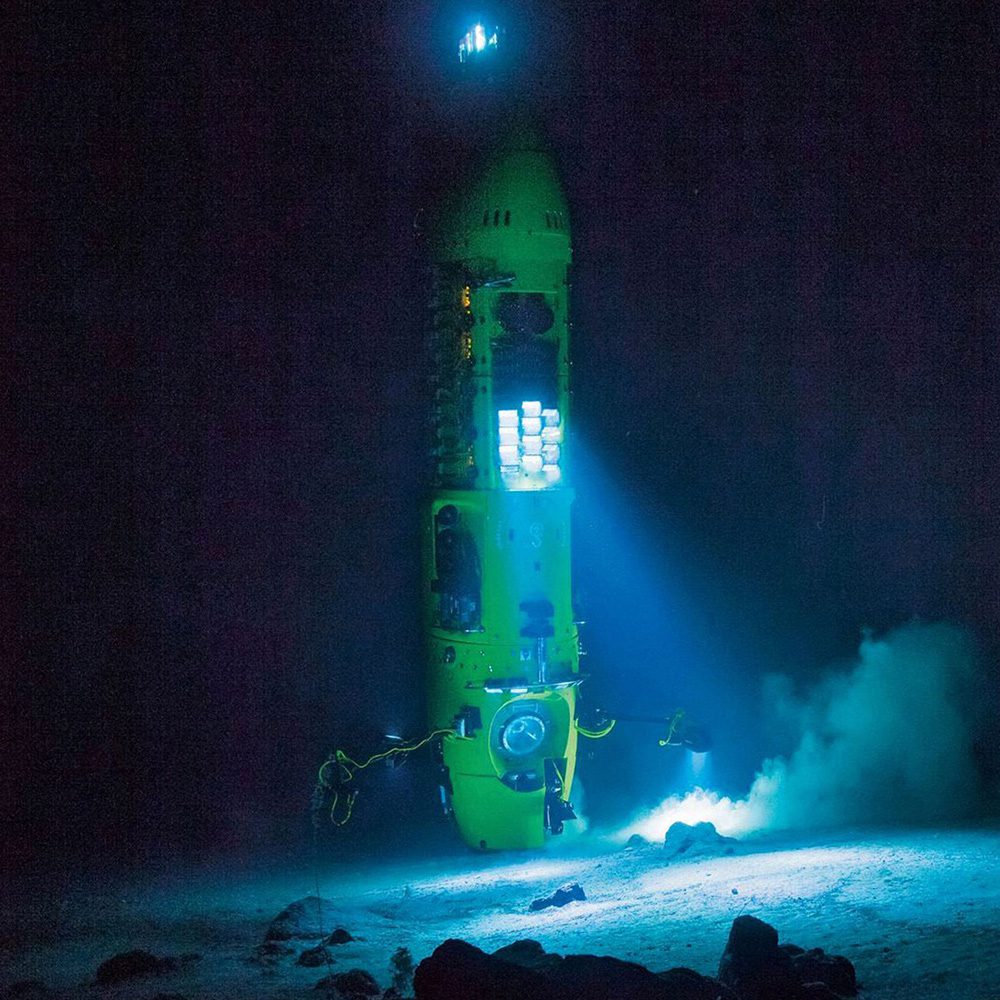
Although some people have attempted to travel the bottom and have reached remarkable depths, such as filmmaker James Cameron, our current level of technology doesn’t have the capability yet. We will be on the lookout for some of the weirdest and most fascinating creatures it houses in its depths.
The Silfra Crack
One of the most popular attractions in the world, located near Iceland, is the Silfra Crack. If you want to dive between two continents, this is the place where you should go. The large underwater fissure is between the continents of North America and Eurasia.
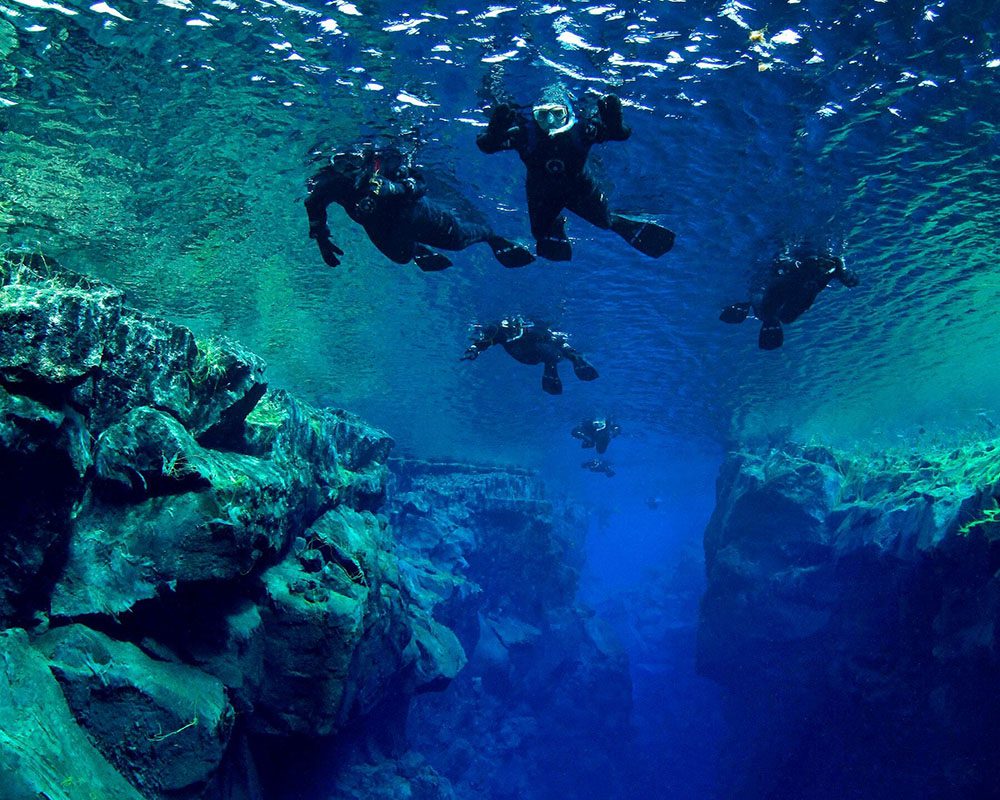
It has the clearest and cleanest water in the world, so make sure to bring your underwater camera because you must snap a few pictures if you’re actually there. The crevice was said to have been formed by the tectonic plates between the 2 continents.
The sunken ship
The bottom of the ocean has been the resting place of hundreds of sunken ships throughout history. Some of these shipwrecks have even become famous diving spots. Among these ships is the Nuestra Señora de Atocha, which was discovered in 1985 by a treasure hunter named Mel Fisher.
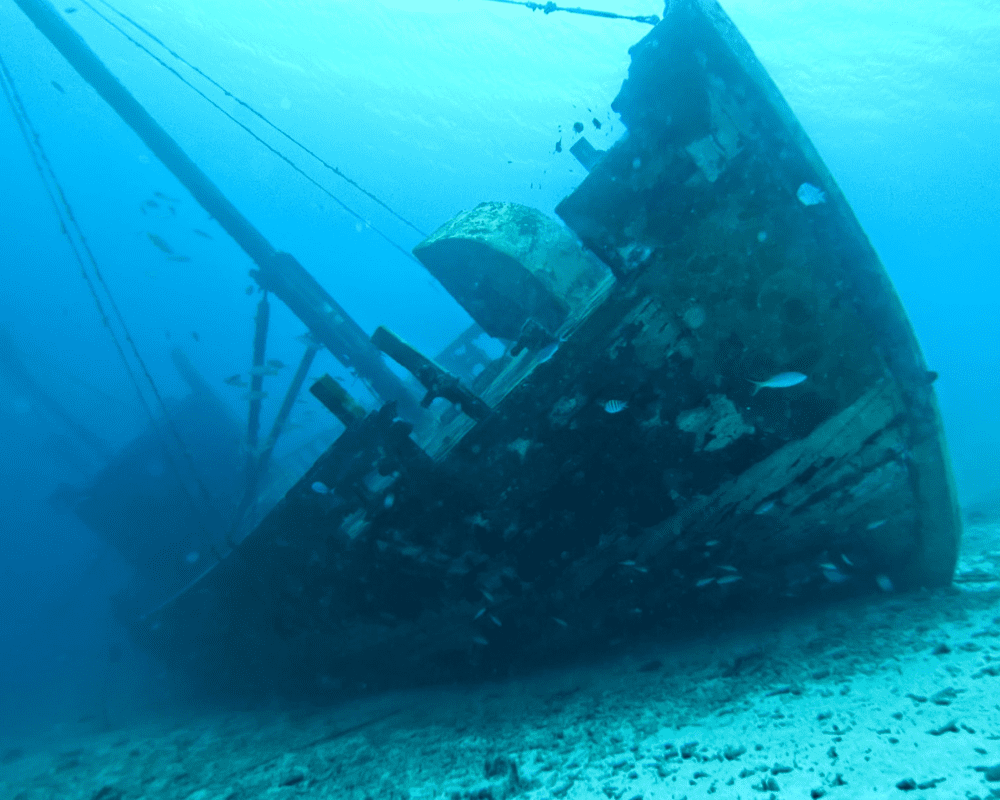
The ship was found off the coast of Key West in Florida. The ship was said to have been loaded with treasures when it sunk because of a hurricane. Some of the treasures found in the ship are now displayed at the Mel Fisher Maritime Museum.
Trucks belong to the sea?
Nope, trucks don’t belong to the sea, but sometimes, they find their way there. The vehicle you see in the photo is among more than a hundred that went down in June 1980 with the ship named MS Zenobia.

Launched in 1979, the Swedish ferry capsized and sank only a year later. It was finally found resting 42 meters from the surface in the Mediterranean Sea and has been ranked among the top ten wreck diving sites on the planet.
You can make a boat by sewing?
After reading about this boat, the first thing that came to mind was that you could make an entire boat by sewing? We thought sewing only applied to clothes. This wreckage was discovered by Guilia Boetto and is among one of the most interesting.
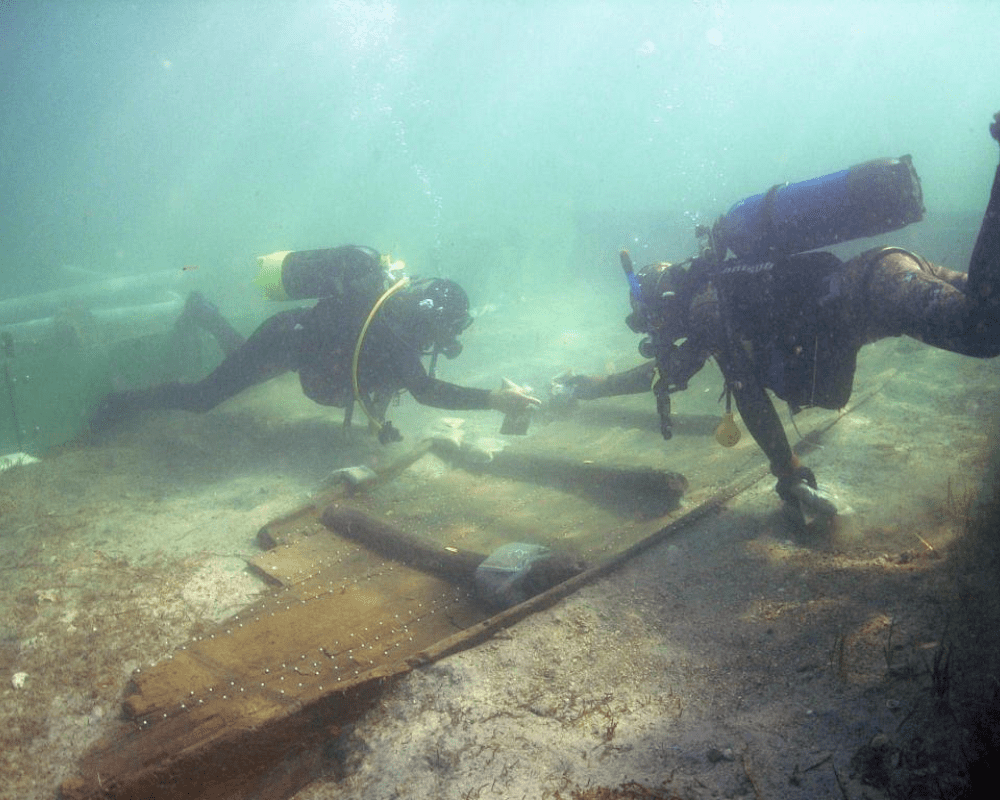
The Bronze Age sewn boat was discovered in Croatia in March 2014, and according to reports, it is more than 3,000 years old. The discovery is valuable because it gave people insight into how people made boats by sewing together branches, ropes, and roots in ancient times.
Doggie with a mammoth bone
How cute is this doggie licking himself and feeling proud for discovering a bone? It’s not just any bone too. It’s a mammoth bone. We don’t see or hear about them every day. Well, dogs like bones, so that explains it.

Daisy, the dog, discovered the bone fragment that weighed about 8 pounds while on a stroll on the Dunwich Coast. Her pet parent was confused about the bone’s size, so she asked authorities about it. Well, they found themselves a treasure that’s at least 2,000 years old.
More World War 2 remnants
One of the largest collections of aircraft and ships that sunk during World War II can be found at Chuuk Lagoon. They were sunk when the Allies bombed the base in the area. Not only will you see the metal aircraft and ships, but you’ll also see skeletons down there.
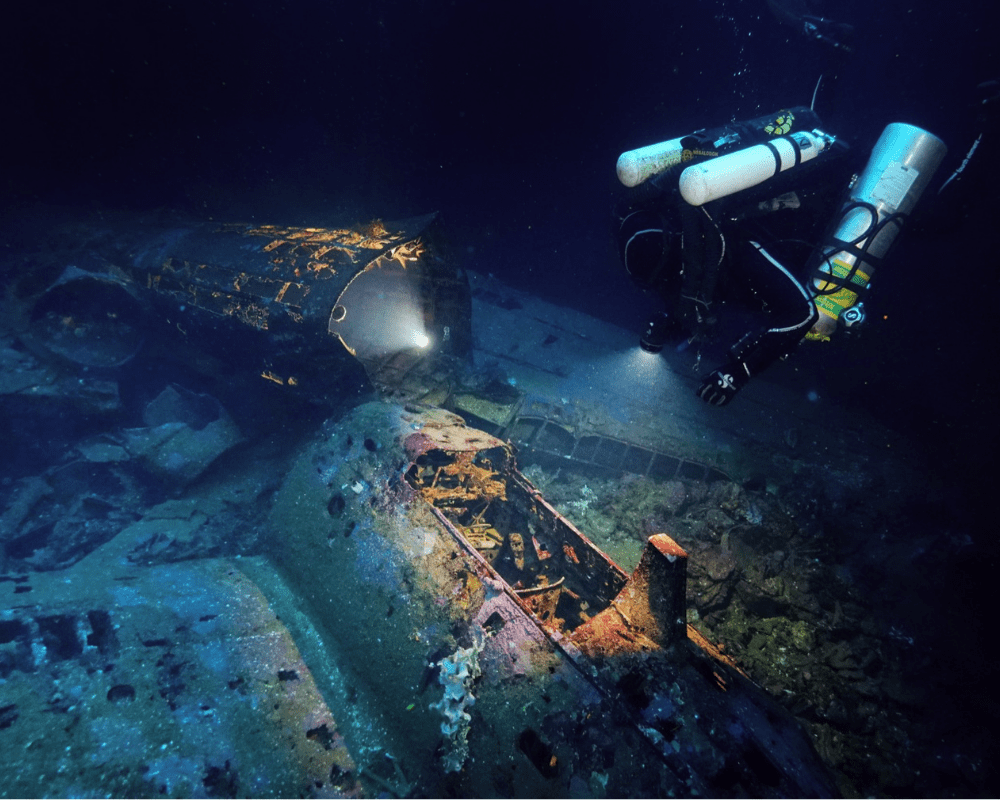
That’s very eerie because the skeletons are still sitting in the cockpits as if they are ready to float away anytime they feel like it. The war ended more than 50 years ago, but these things prove the destruction and effects wars can have.
A train graveyard under the sea
We can find trains on land, but sometimes they can be found under the sea, specifically near the New Jersey Coast. A whole lot of steam trains from the 1950s were discovered submerged under ninety feet of water. How remarkable!
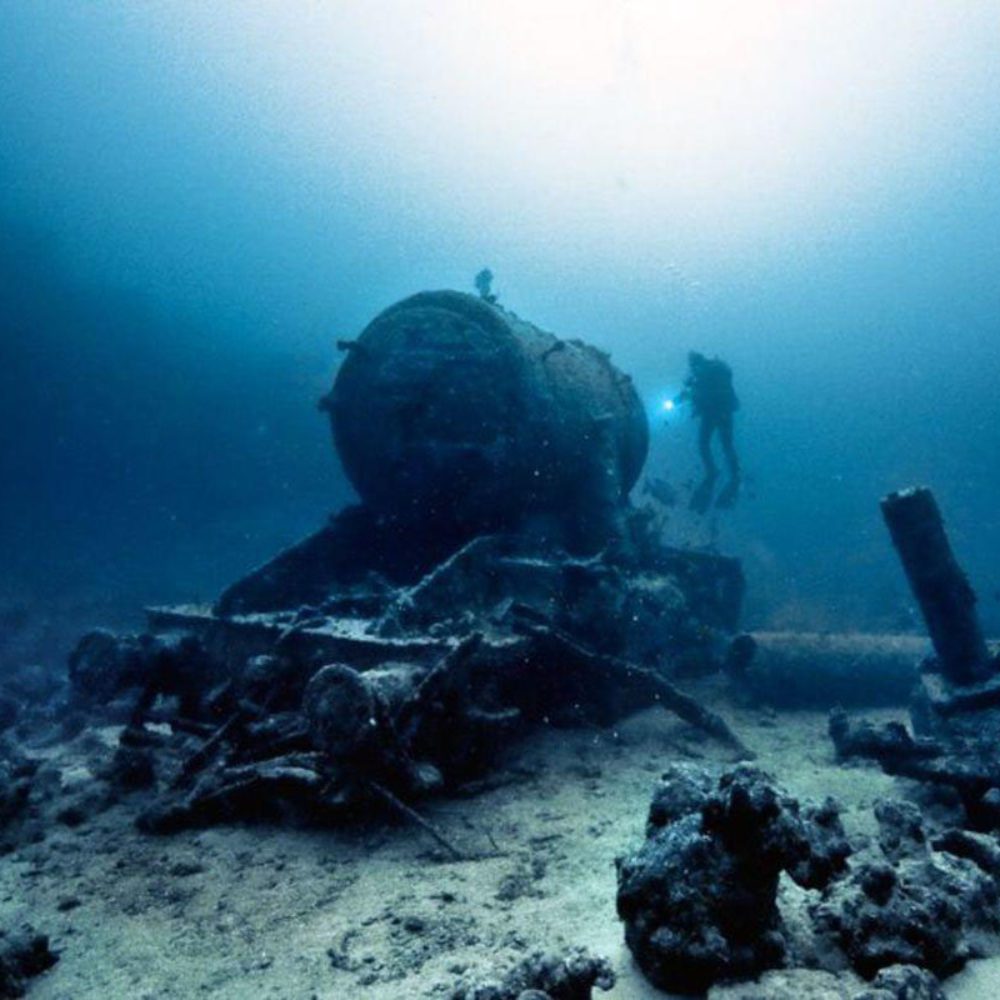
Although no one is sure how the trains found their way there, there are plenty of speculations. Some say they were lost in a storm while in a barge or ship, but there are no facts to support that. Well, that leaves room for mystery, and life is better with a few mysteries.
A city unearthed by the tsunami
One of the most devastating natural calamities to have ever happened is the tsunami on Boxing Day 2004, which claimed the lives of hundreds of thousands of people. The tsunami caused by an earthquake had the energy of about 23,000 Hiroshima-type atomic bombs.

However, one good thing came out of it, and that is an unearthed and lost Indian city with a plethora of statues, including one of a giant granite lion. Located in Tamil Nadu, it used to be a small city before the water rose and swallowed it.
Pavlopetri discovered
The city of Pavlopetri dated back to ancient times and was discovered between the coast of Pounta and the village of Elafonisos in 1967 by a man named Nicholas Fleming. It is thought to be the oldest submerged city in the Mediterranean Sea.
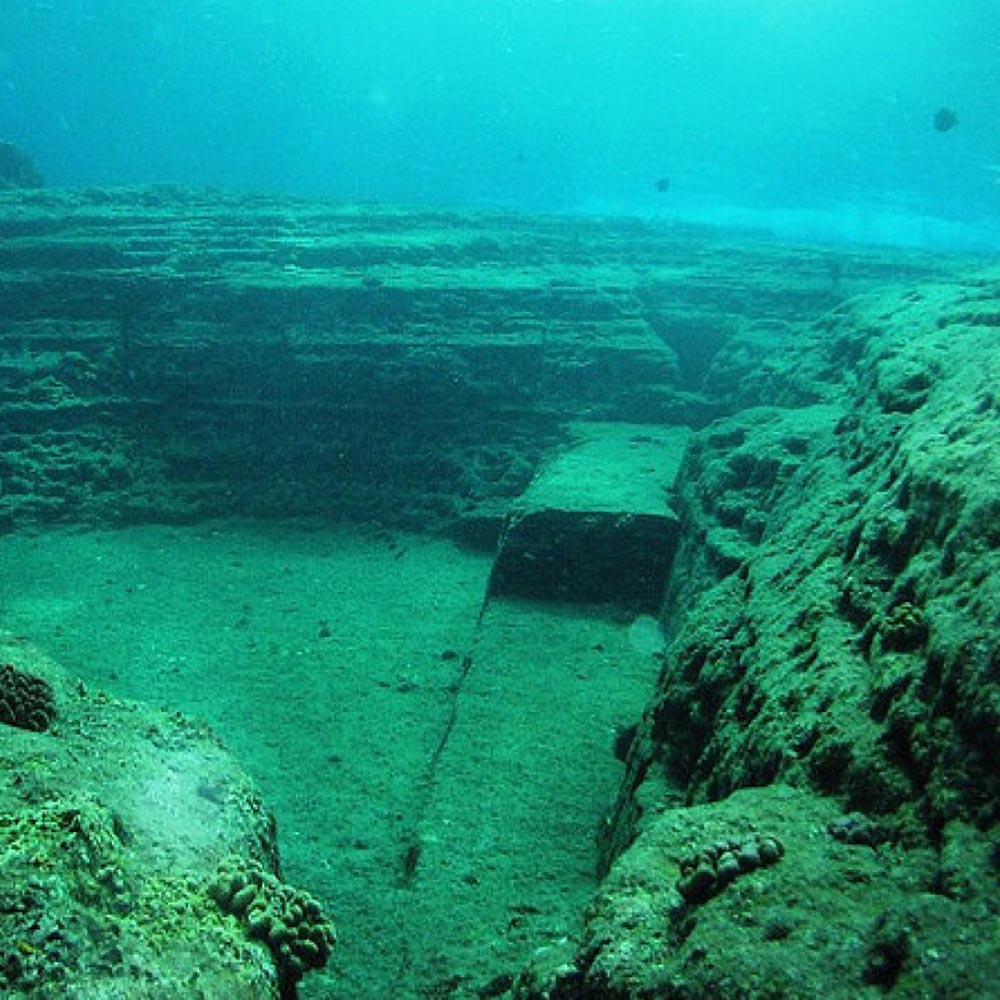
It has historical significance and has been named a UNESCO underwater cultural heritage site. No one is certain how it ended up at the bottom of the ocean, but there are speculations that it was the inspiration for the famed city of Atlantis.
What’s a giant Lego doing there?
Legos may not be as remarkable as ancient ruins that were eaten by the sea, but it’s weird and unnatural and is bound to create a lot of buzz. Technically, the giant Lego measuring about eight feet tall wasn’t found in the ocean.
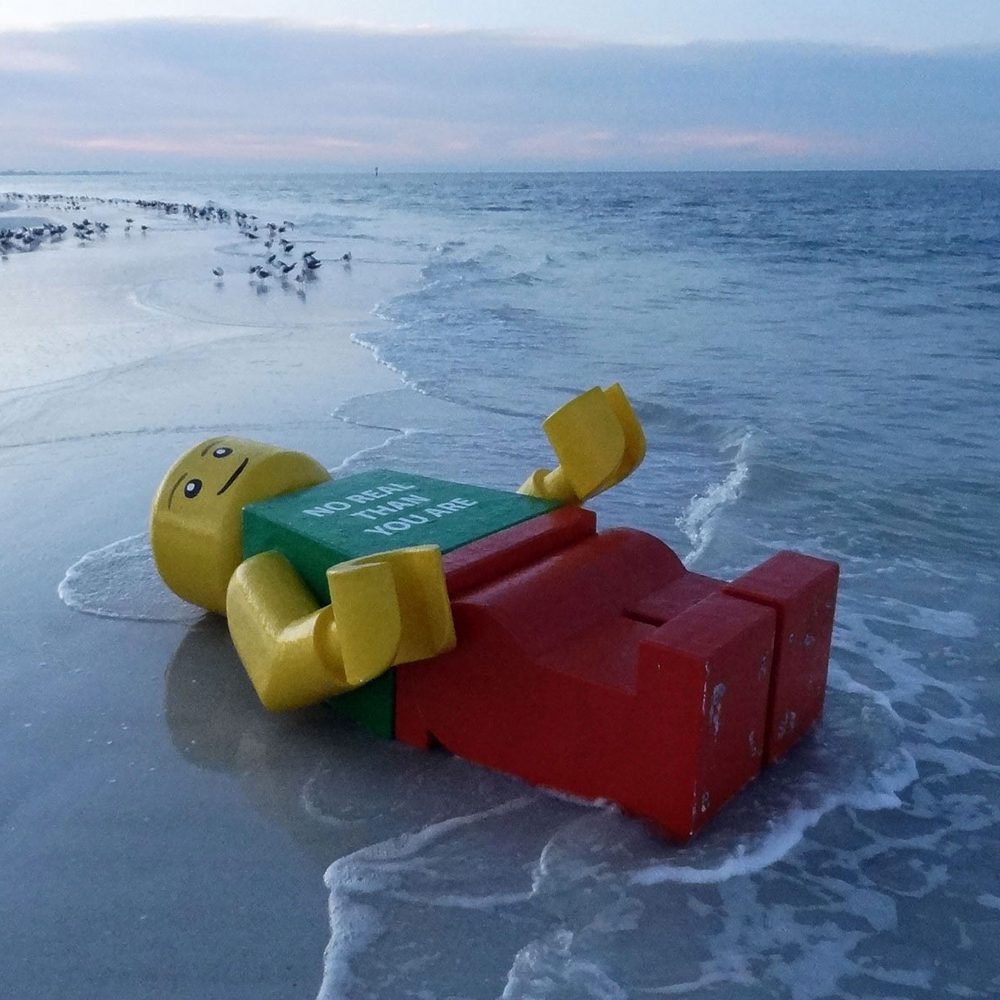
It was deliberately placed there by Ego Leonard, and they were made to look as if it washed up on shore, probably for some advertising stunt. The giant Lego men were found on the beaches of many countries, including the Netherlands and the UK.
An ancient Greek vessel
Shipwrecks are common, and when you scour the bottom of the ocean, you’ll probably find thousands of shipwrecks there. But, what sets this one apart from others is that it’s more than a thousand years old. It’s a Greek vessel believed to be more than 2,000 years old.
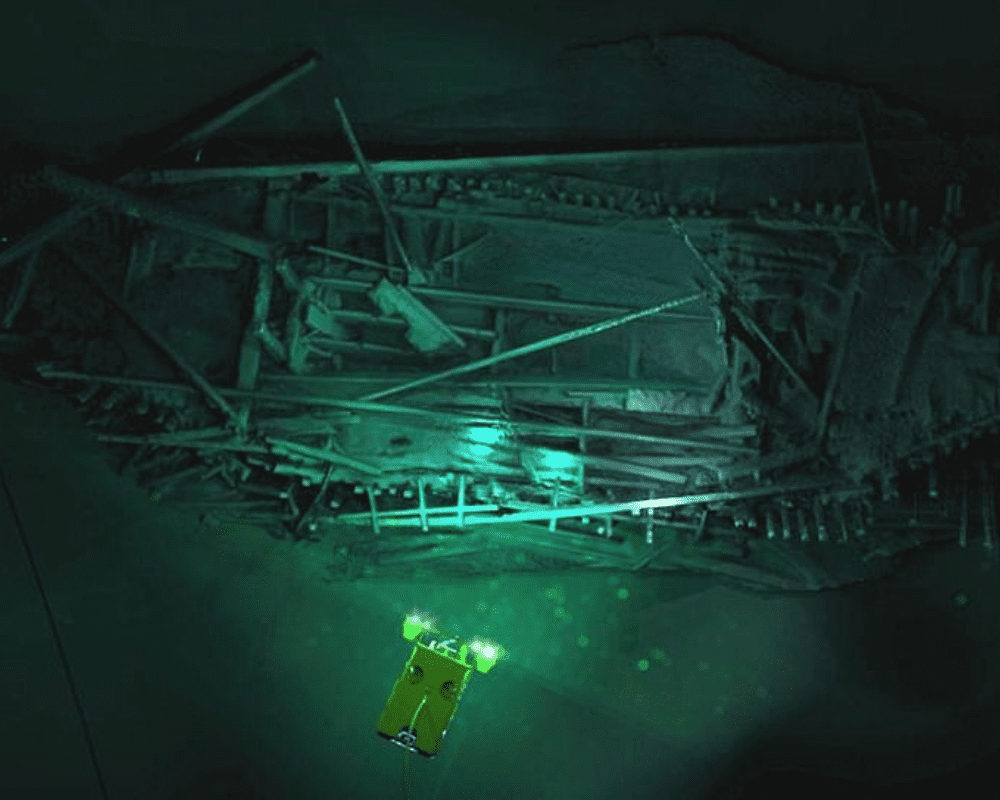
It rests at the bottom of the Black Sea and, surprisingly, is still able to retain its good shape. Experts say it could be because there’s little to no oxygen down there, which is why it has remained intact even after all this time.
Valuable metals in S.S. Gairsoppa
It’s not unusual for sunken ships to be found these days, but what’s unusual is for a sunken ship carrying more than $200 million worth of valuable metals to be found at the bottom of the ocean, and that was none other than S.S. Gairsoppa.
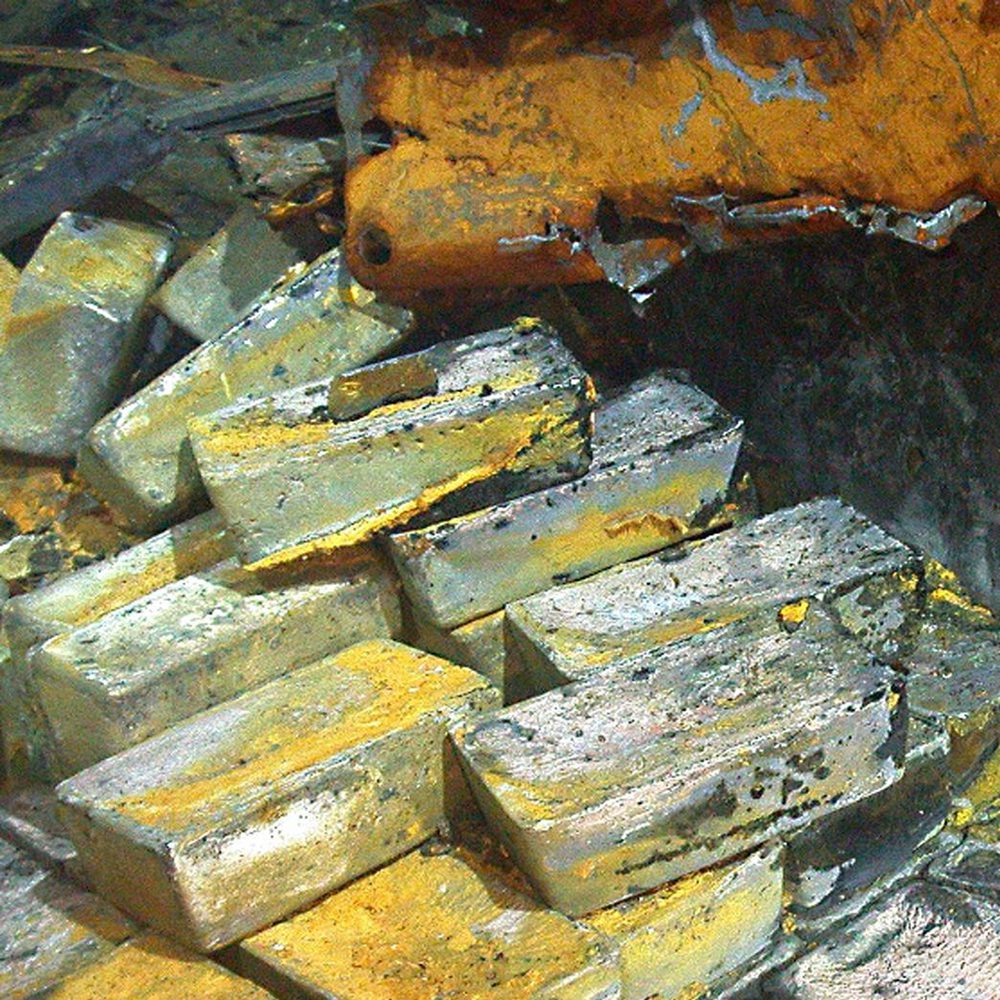
It sunk off the coast of Ireland in 1941, and when it was discovered, it contained 200 tons of silver. 20% of the silver was sent to the British Treasury and its arks, but what we don’t know is what happened to the other 80%.
The Goliath Tigerfish
Although piranhas are routinely eaten by people and not the other way around, they are still terrifying. Have you taken a look at their sharp teeth? Piranha attacks on humans have happened, and have been reported, so be careful when you go to places where they are present.
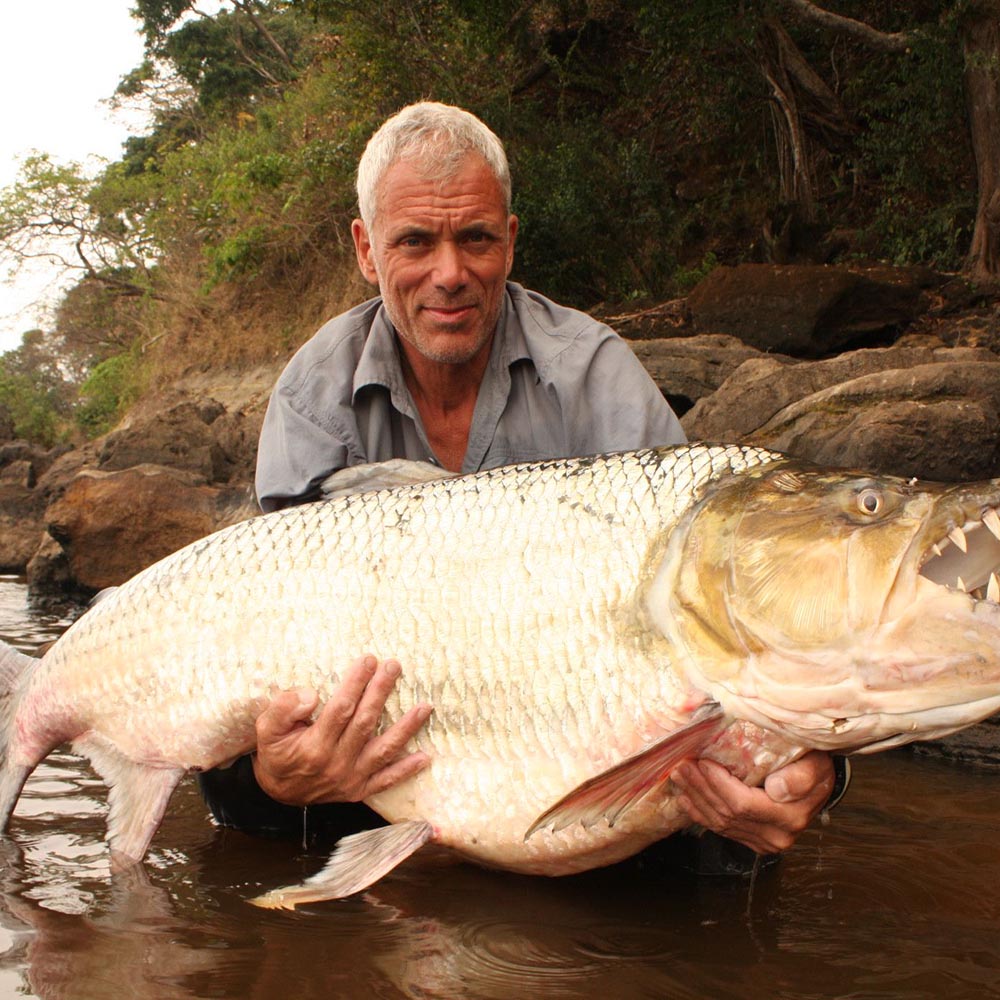
If you’re scared of little piranhas, the Goliath Tigerfish will terrify you. The giant piranha can grow to lengths of up to 4.9 feet and weigh more than a hundred pounds. Its only known predator is the Nile Crocodile, so you can imagine how much of a threat it is.
Beachballs made of snow
Some of the most fascinating things happen near, in, or around the ocean. If we haven’t managed to convince you up to this point, this entry might do the job. Balls made of snow, some the size of tennis balls and others significantly larger, were found on a beach in Siberia.
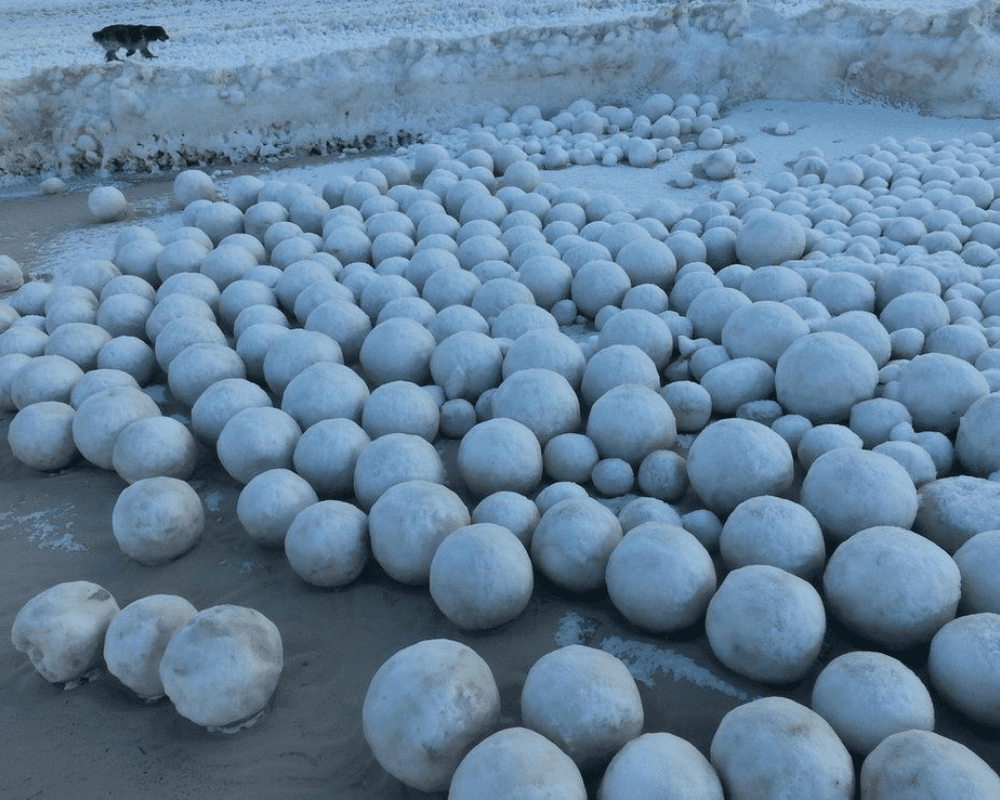
The natives of the town stumbled upon the discovery in 2016, and they could be found for miles and miles. It’s believed that a combination of wind currents and tides led to the formation of such balls. Fascinating that such natural phenomena only occur once in a while. Sometimes, the perfect recipe for such things happens unexpectedly.
Bombs of a war gone by
The devastation and loss brought about by the Second World War are undeniable, and to some people, things are still fresh in their memories. Although it has been decades since the war ended, it’s not unusual to still find remnants of it here and there, especially in the ocean.
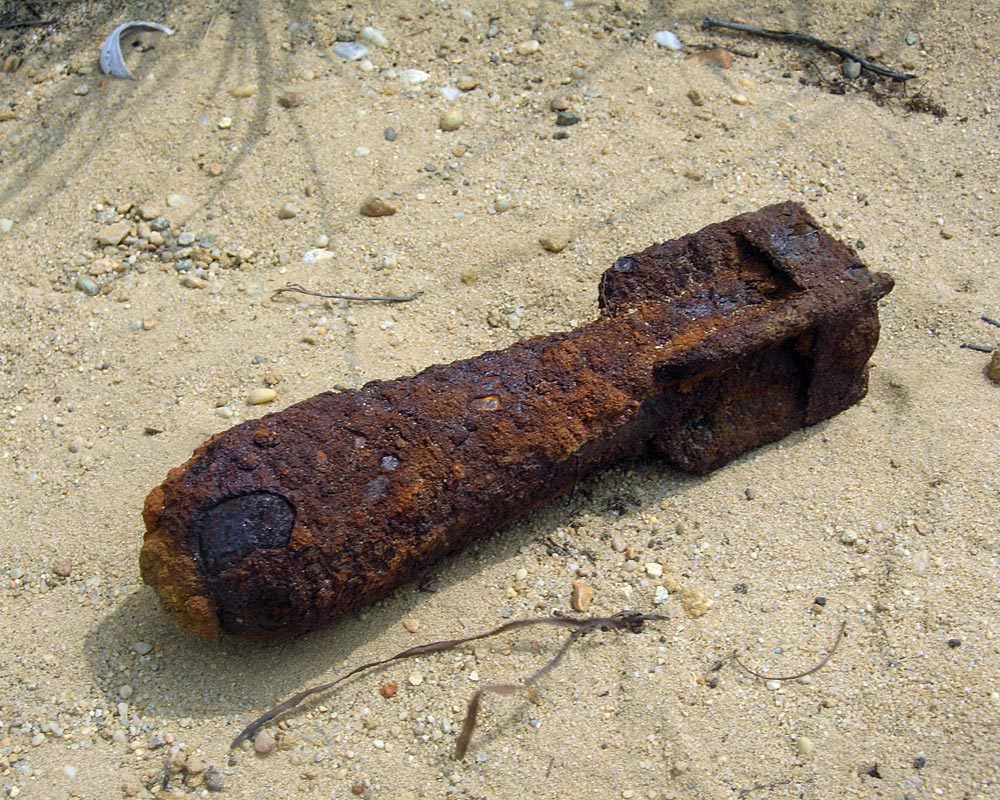
This World War 2 bomb was discovered in the ocean of New Hampshire in 2011 and is believed to be one of the 87 unexploded bombs used in World War 2. No one knows how they got to their final resting place, but it’s probable that the ship carrying it sunk to the ocean.
The unexplained occurrence in the Baltic Sea
One of man’s many unanswered questions is, are we alone in the universe? Many experts believe that we aren’t and that there are other more intelligent life forms in the galaxy. Anomalies discovered here and there seem to point to the same conclusion, too.
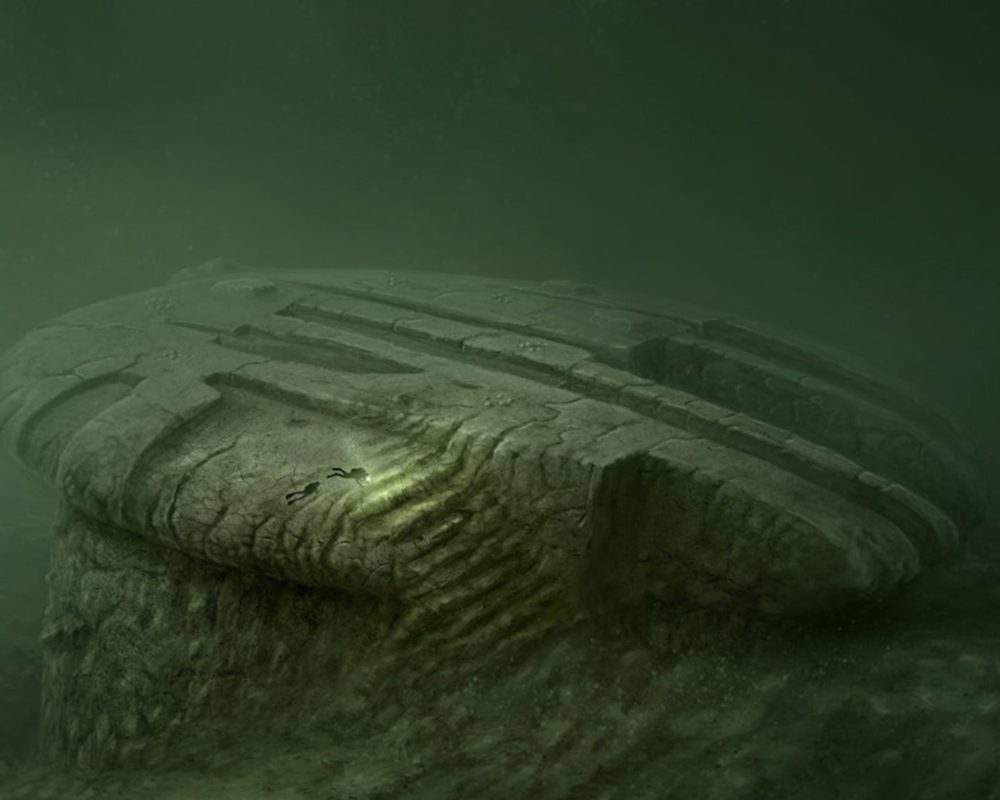
One such discovery was found in the Baltic Sea in 2011, and people believed it to be evidence of UFO landings on Earth. The thing in the photo above looked like it didn’t come from this world. However, scientists later announced that it’s nothing but a harmless glacial deposit. We leave it to you to decide.
That’s a computer?
When the word computer is mentioned, the photo below is not the image that would pop up in your head. You’d think of something modern with a screen and a keyboard. However, we all know that the first computers invented didn’t look that way.
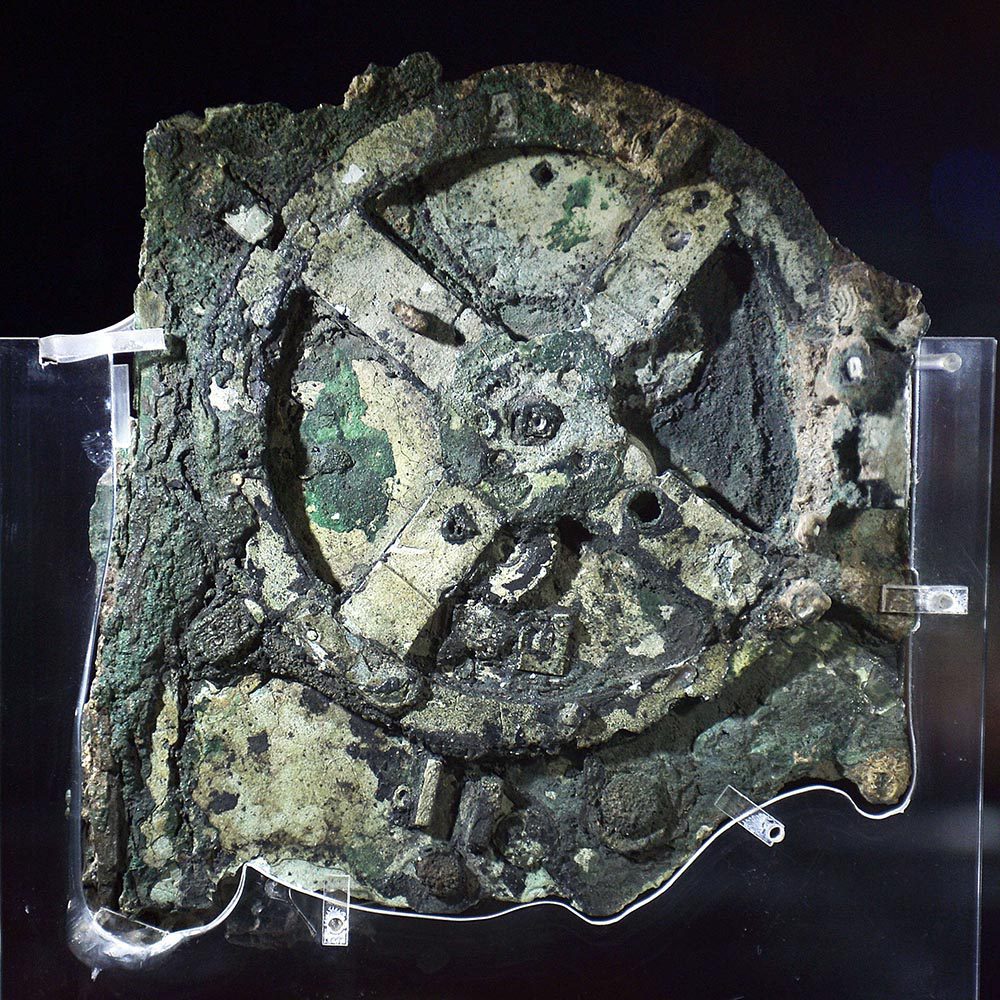
However, this object, called the Antikythera Mechanism, is still classified as a computer because it was a machine used to compute things, and it was discovered in the early 1900s. It was used to predict and calculate eclipses, as well as the positions of various heavenly bodies.
A vent that holds the missing link
Most discoveries that are covered in the news and are talked about are massive ones with fascinating structures. What you see in the photo are the active hydrothermal vents between Greenland and Norway, and they didn’t create a lot of buzz because they didn’t look extraordinary.
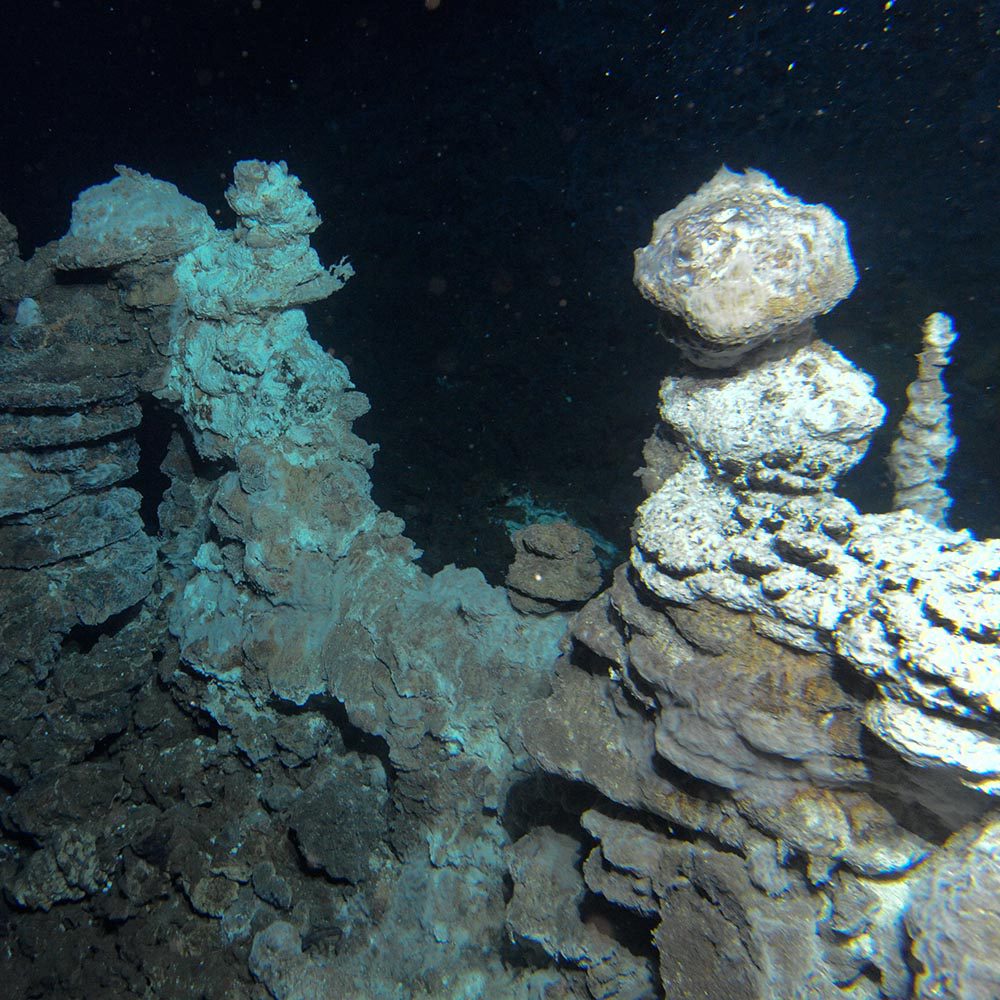
Discovered in 2005, one organism was found there that is believed to be the missing link between the first animals to walk on Earth and those at sea. It may not be as newsworthy as other discoveries, but it’s still important nonetheless.
The river under the sea
Located in Eurasia, the Black Sea is bordered by Romania, Bulgaria, Turkey, Russia, Ukraine, and Georgia. In 2016, water currents were detected in the area that was 350 times greater than those at the River Thames, causing some speculation.
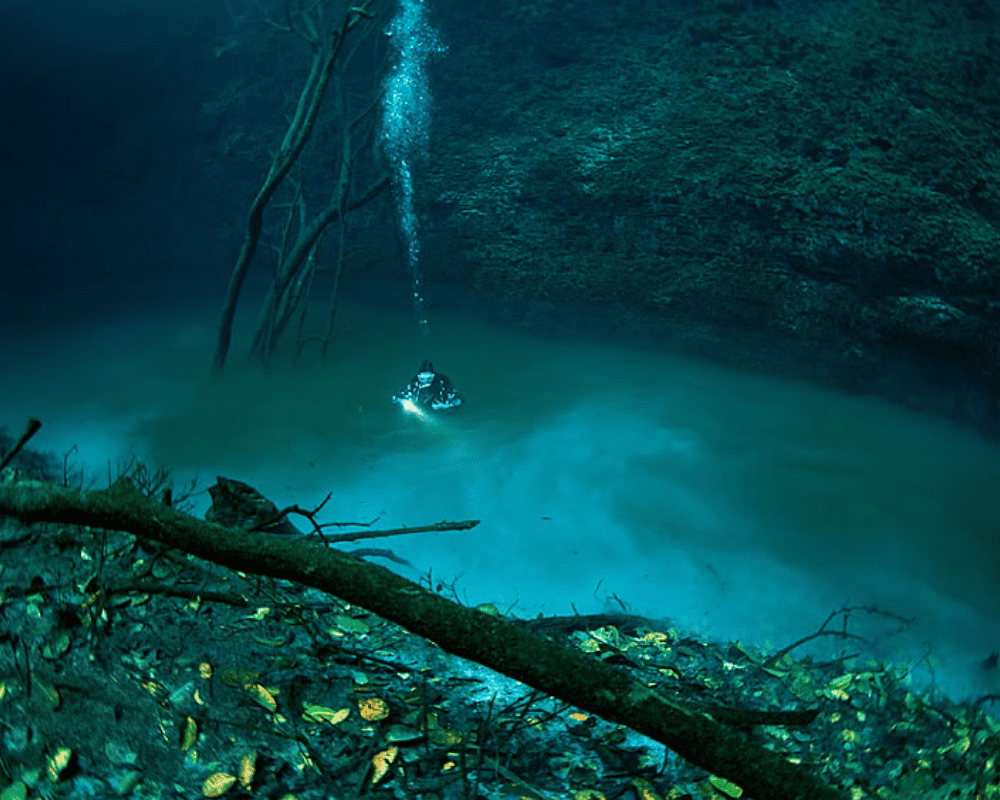
The river under the Black Sea is one of the strangest things discovered under the ocean. Just like rivers found on the surface, it has waterfalls and rapids, and it’s a sight to behold. What we’d give to be able to see it with our own eyes!
The discovery of the Esmeralda
The Esmeralda has got to be one of the most recognizable names when it comes to shipwrecks. It was part of Vasco da Gama’s fleet during his second voyage to India, and it sank during a violent storm in 1503 in the Indian Ocean.
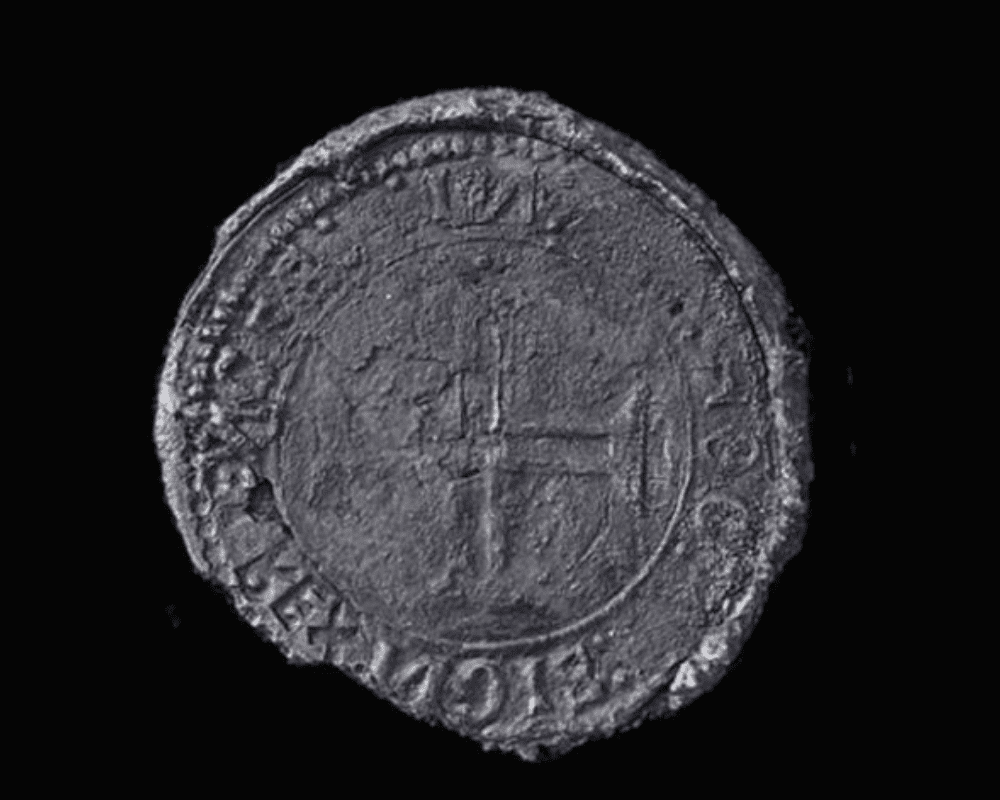
The massive wreckage was discovered off the coast of Oman in 1998 but wasn’t authenticated until 2016. Some of the most remarkable things found in the wreckage were rare coins, shown in the photo above, treasures, and ship bells.
Emeralds and more emeralds
First mined by ancient Egyptians, emeralds got their name from the Greek word, smaragdus, which means green gem. More than 50% of the world’s emeralds come from Colombia. More than 10,000 emeralds were discovered by treasure hunter Jay Miscovich off the coast of Key West, Florida, in 2010.
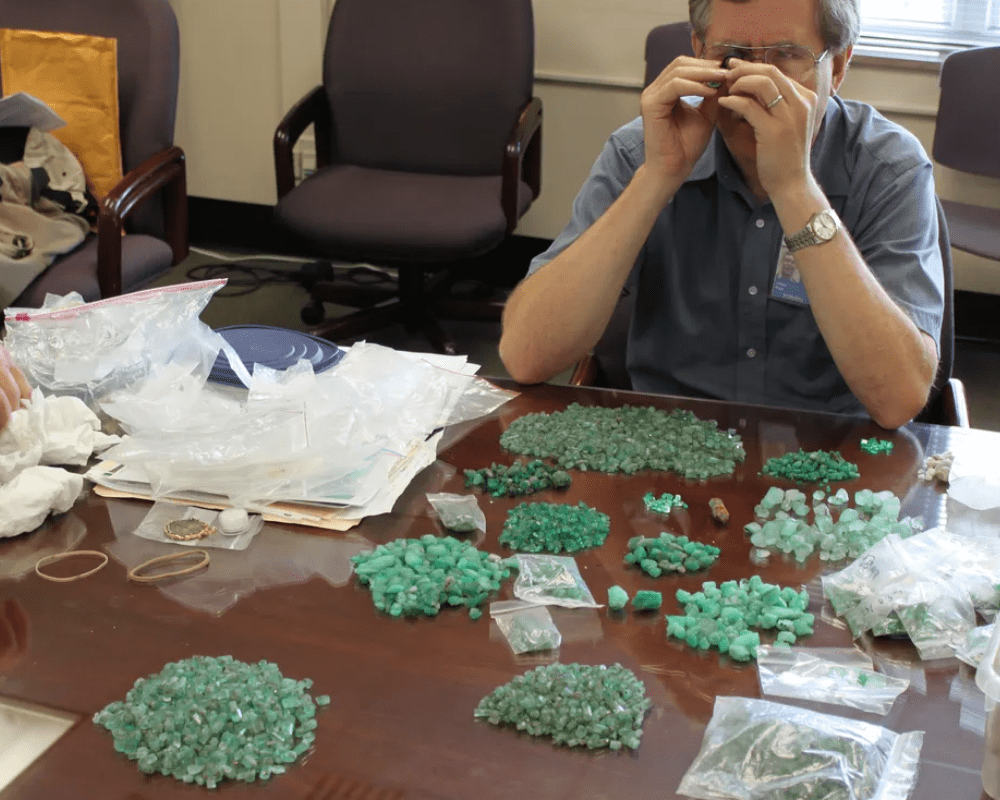
He probably thought he would be rich as his findings were valued at half a billion dollars. However, the federal government took the emeralds from him. He was so upset by what happened that he ended up taking his own life 3 years after his discovery.
Doggerland
The ocean is beautiful and mysterious, but it can also be unforgiving. How many times have we heard of entire towns and civilizations swallowed by the sea? The body of water between the British Isles and mainland Europe is no different.
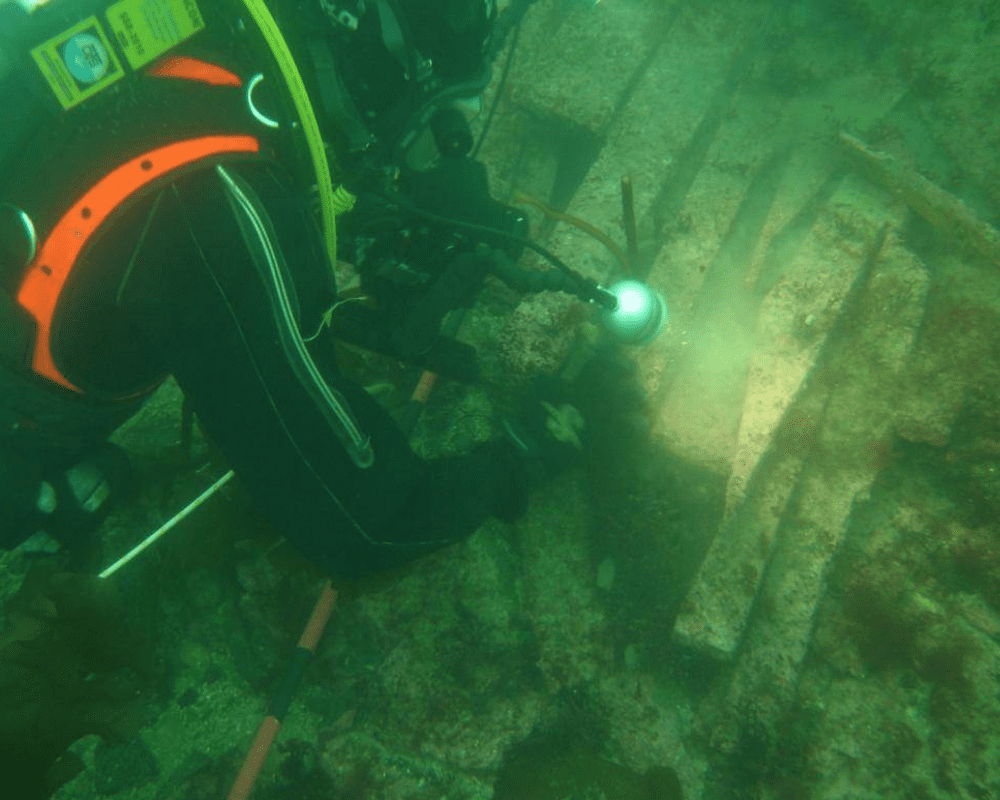
It is a grave for a sunken landmass called Doggerland, which many believe to be the home of hunter-gatherers who sank to the bottom of the Atlantic more than 8,000 years ago. Discovered in the early 20th century, it garnered a lot of interest when a fishing trawler found a barbed antler point in the area.
The Titanic of the Mediterranean
If shipwrecks are to be discussed, one of the most intriguing is the Titanic, thanks to the major Hollywood production of the same name. However, there are plenty of other beguiling ships resting at the bottom of the sea, and one of them is MS Zenobia.
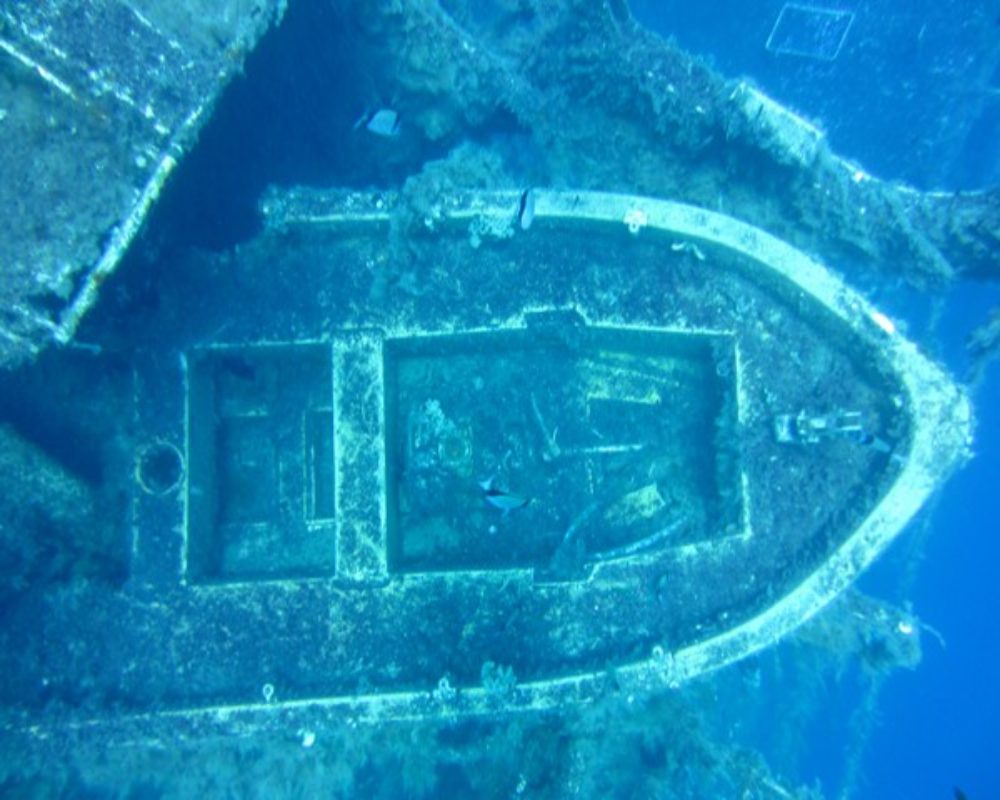
The Swedish ferry was launched in 1979, and just like the Titanic, it wasn’t able to complete its maiden voyage, sinking near Cyprus in 1980. Although it’s only about 138 feet underwater, it’s still considered one of the best shipwreck dives in the world.
The billion-dollar Galleon San José
One of the most recognizable Spanish galleons in history is Galleon San José. The three-masted, 62-gun galleon made regular trips between Peru and Spain and carried precious gems and metals. A British squadron destroyed it near Baru and, along with it, sank silver and gold valued at approximately $17 billion in 2018.
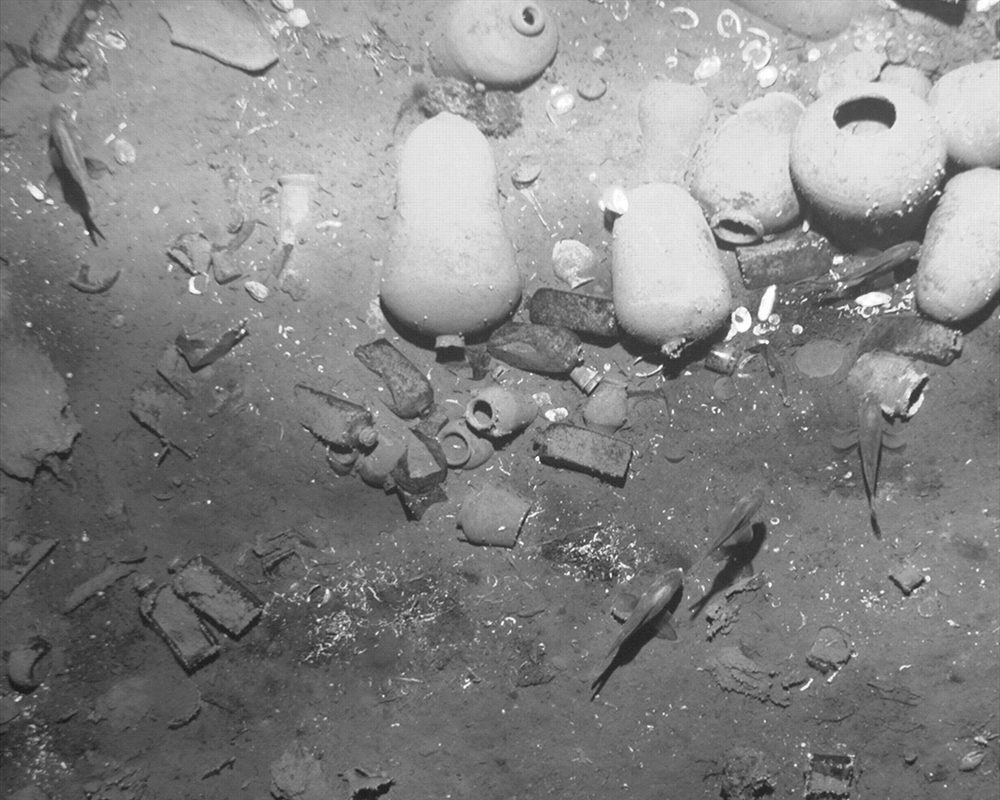
Woods Hole Oceanographic Institution found it in 2015 near Cartagena, Columbia, and of course, there was a lot of controversy as to who rightfully owned all the treasures it kept. There were plenty of discussions about them that the public wasn’t privy to.
From one ship to another
Let’s proceed to another ship, the S.S. Central America. Like the Galleon San José, it was primarily used to transport valuable silver and gold between the United States and Central America until a hurricane sent it spiraling down to the bottom of the sea.
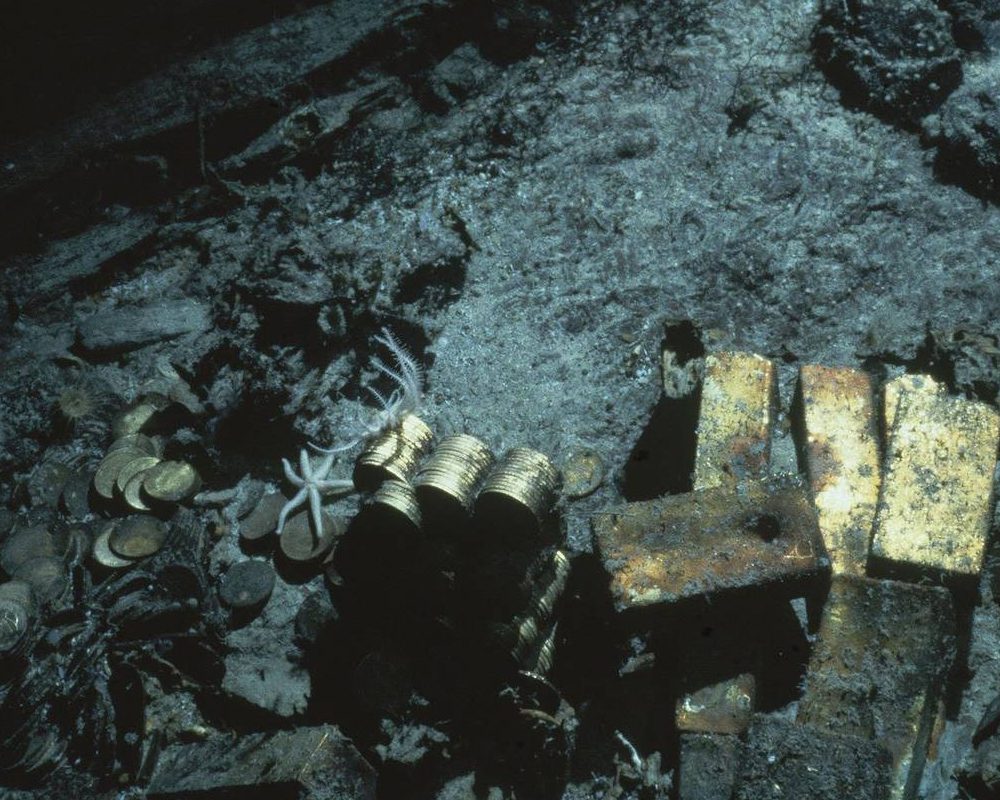
The ship carried about 3,000 pounds of gold, and when it was discovered in 1988, about $150 million of gold was recovered. Another expedition in 2014 unearthed thousands of gold coins and ingots. It’s believed that the ship still holds plenty of gold. Perhaps it’s time for another expedition down there.
The sunken city of Dwarka
Dwarka was founded by Lord Krishna, and it holds significant value to Hindu culture. Some people believe that it is older than the first Indian civilization because the city itself is about 9,000 years old. Today’s modern Dwarka is one of the seven sacred towns of Hinduism, and each year, pilgrims flock to visit.
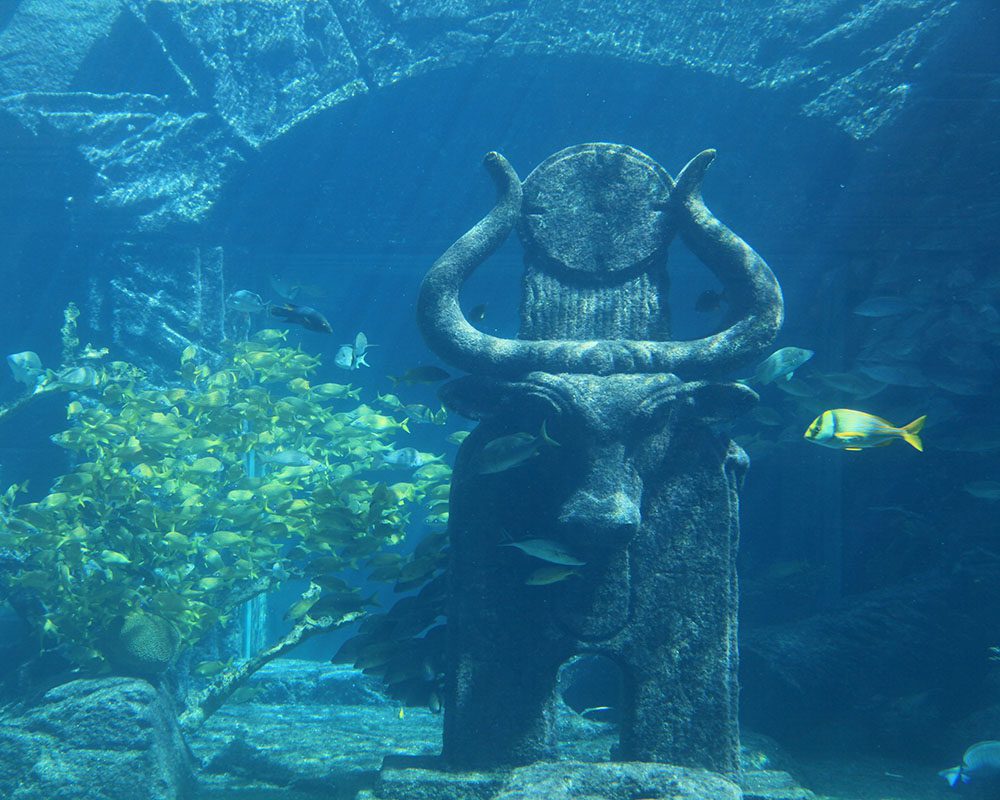
The search for the submerged parts of Dwarka began in the 1930s, and the local government in Gujarat plans to make the city a tourist destination because there is a lot of interest in it. It might work, though, and we know people would pay good money to see it.
The remains of Saturn V
Space exploration has always been a point of interest for men, and during its infancy, numerous rockets were made to break apart in various stages and fall back to Earth. However, some of these fragments were not recovered and were left at the bottom of the sea.
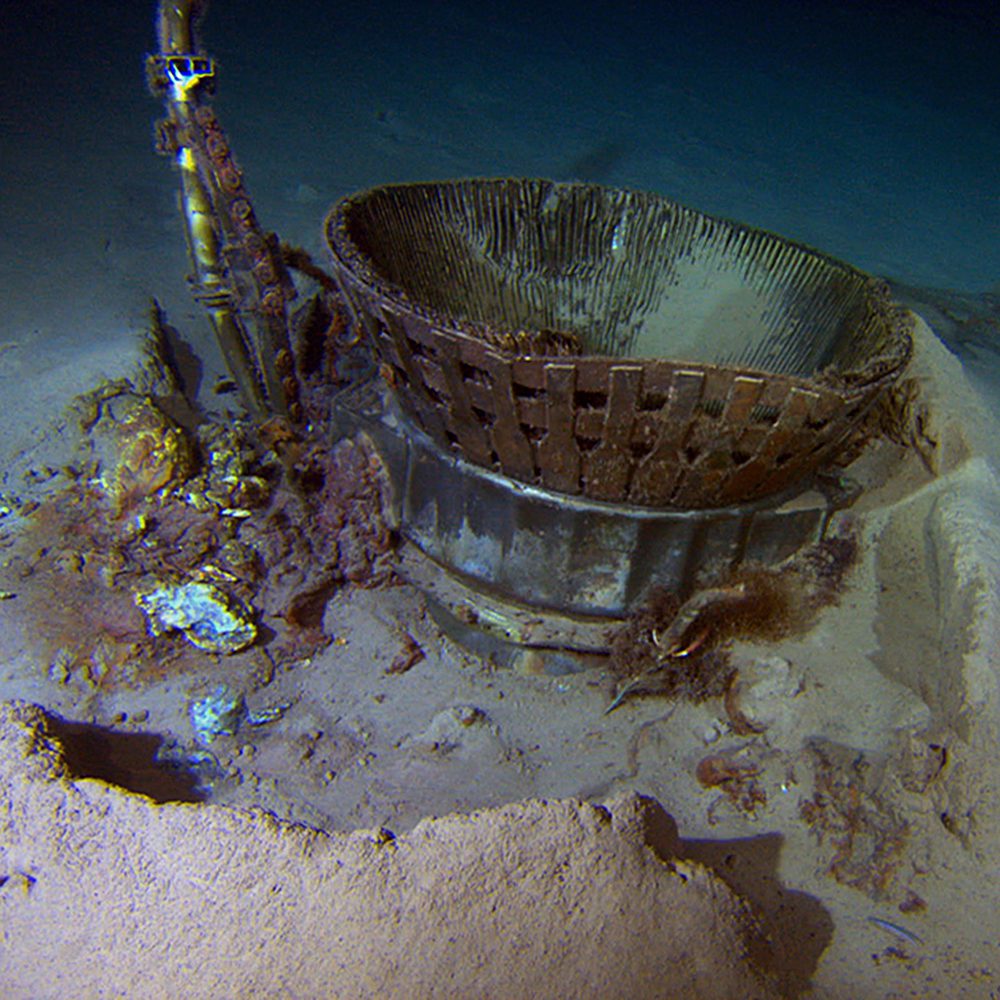
One example is the Saturn V rocket which was crucial to the Apollo 11 landing, it hasn’t been found until now, and it’s believed to be resting at the bottom of the ocean. We just don’t know where exactly.
A star in the sea?
This boggles our minds; how does a star end up in the bottom of the ocean? Well, that was exactly what German researchers discovered while drilling in the Pacific Ocean/ They found a Type 11 supernova star or the remains of it.

According to scientists, the star may have ended up there due to an explosion that happened more than 2 million years ago. We would have never thought of this happening, but the scientific proof is there, and we can’t argue with it.
The scary lamprey fish
The sea lamprey is one of the scariest looking creatures in the deep. It resembles an eel and can live in both marine and freshwaters. The parasitic fish will make you thank high heavens that you weren’t born a sea creature.
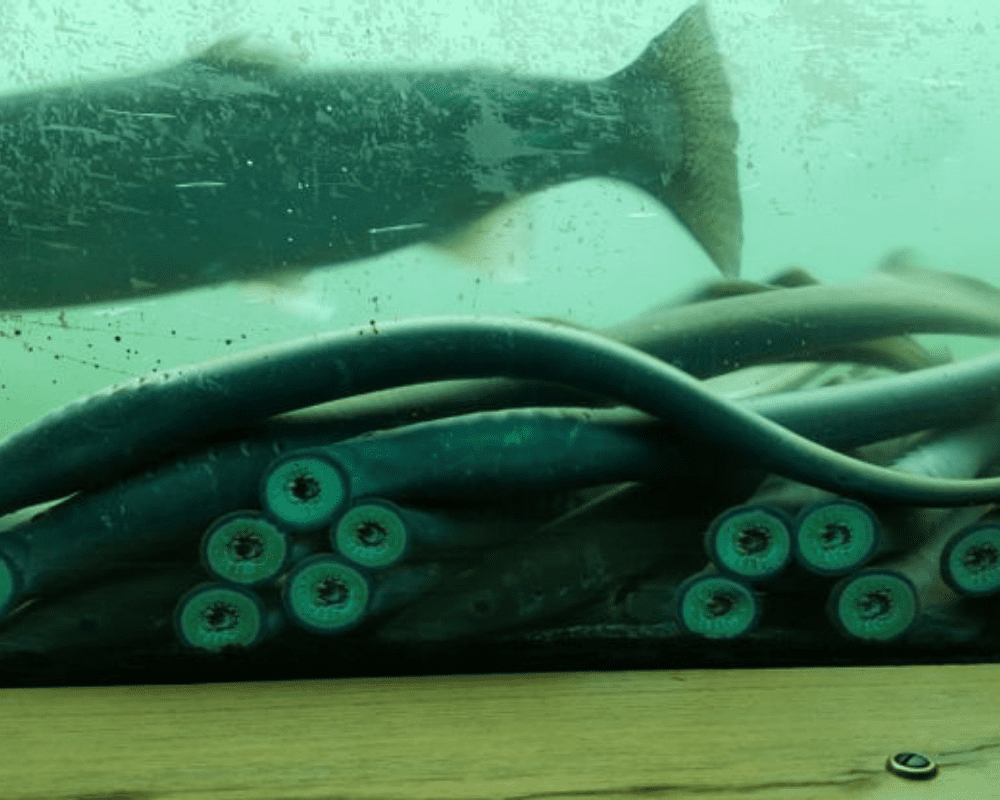
It can grow to lengths of up to 20 inches and weigh up to 13 pounds. It has large reddish eyes and a single nostril on top of its head. Its large mouth is filled with circular rows of teeth that are designed for sucking. It attaches itself to other creatures through its mouth and sucks their blood and bodily fluids to survive. Gross!
